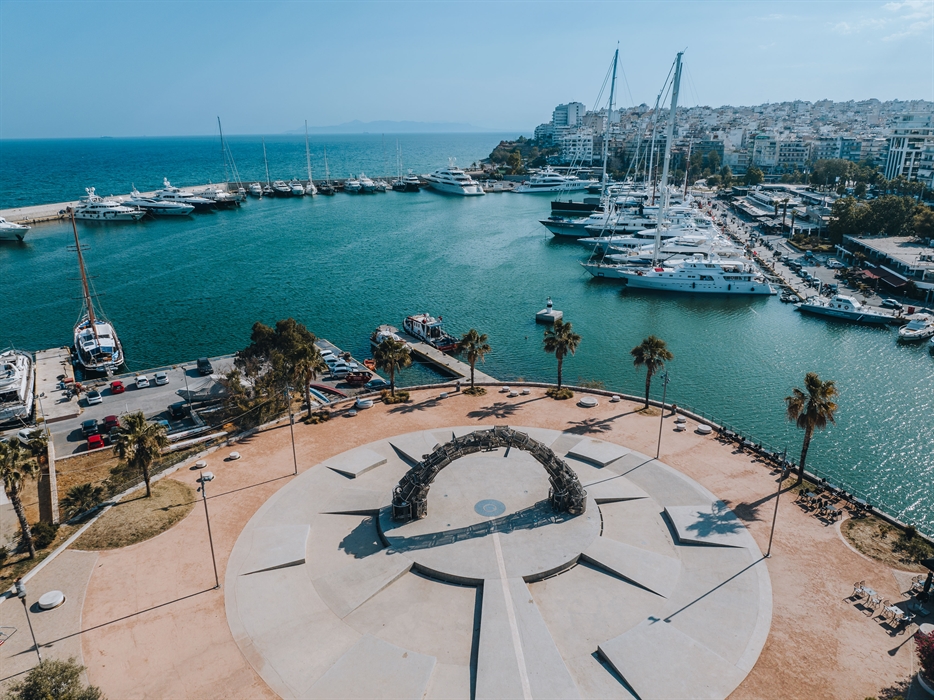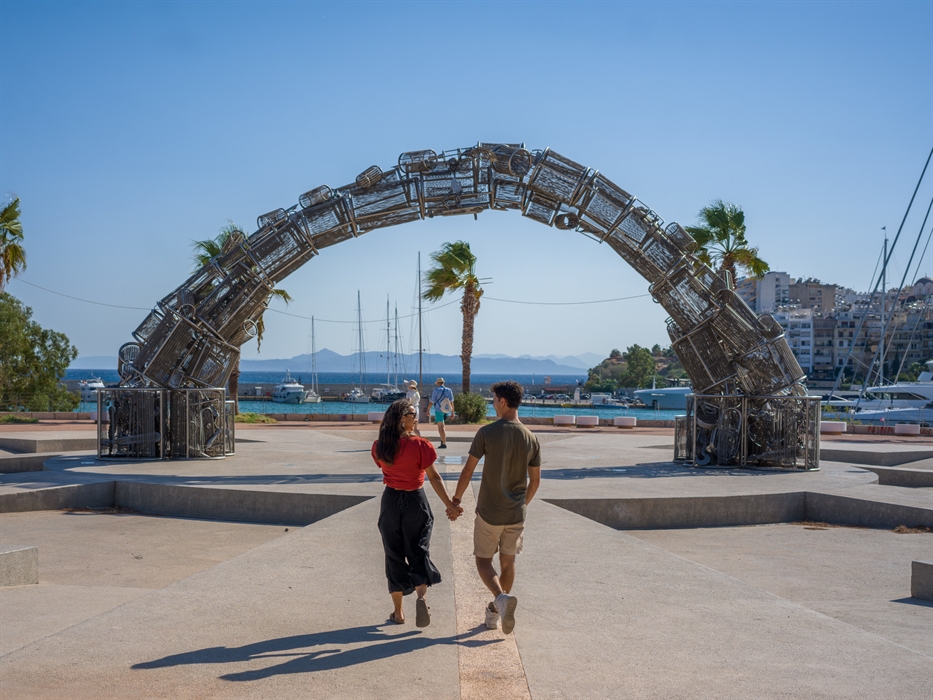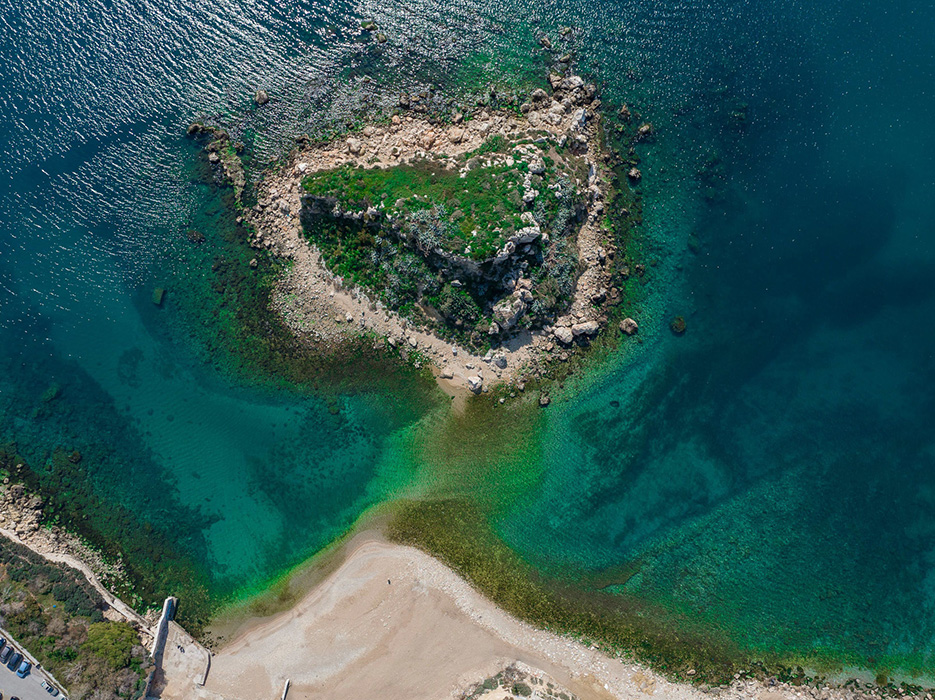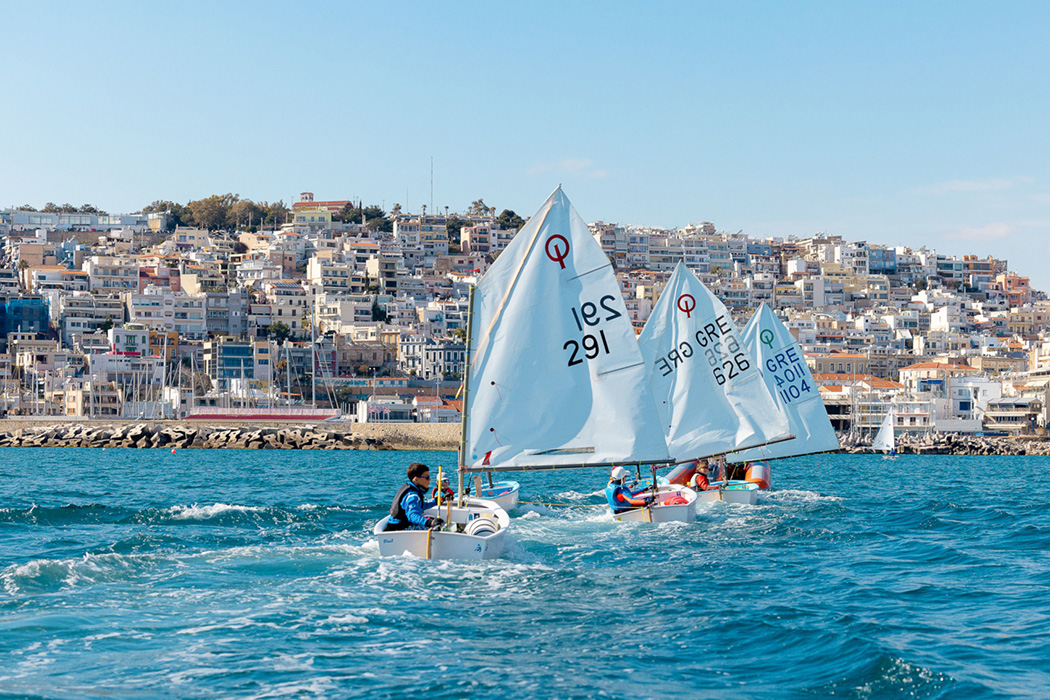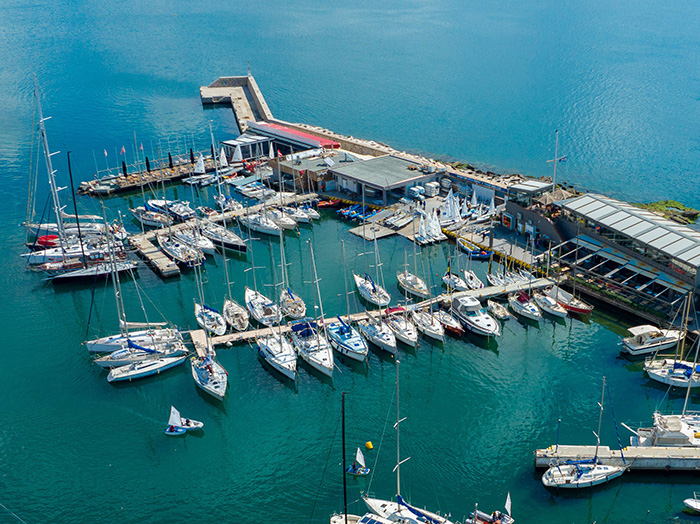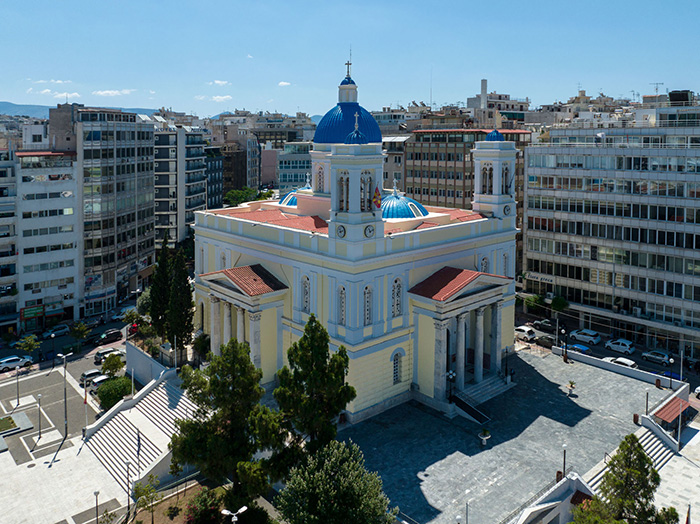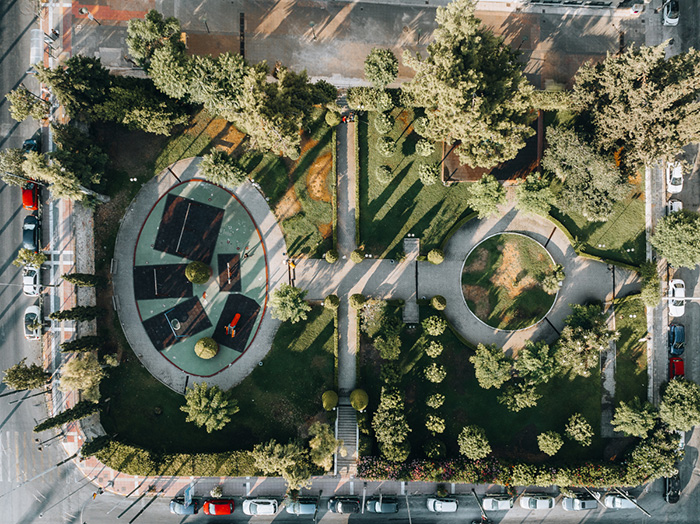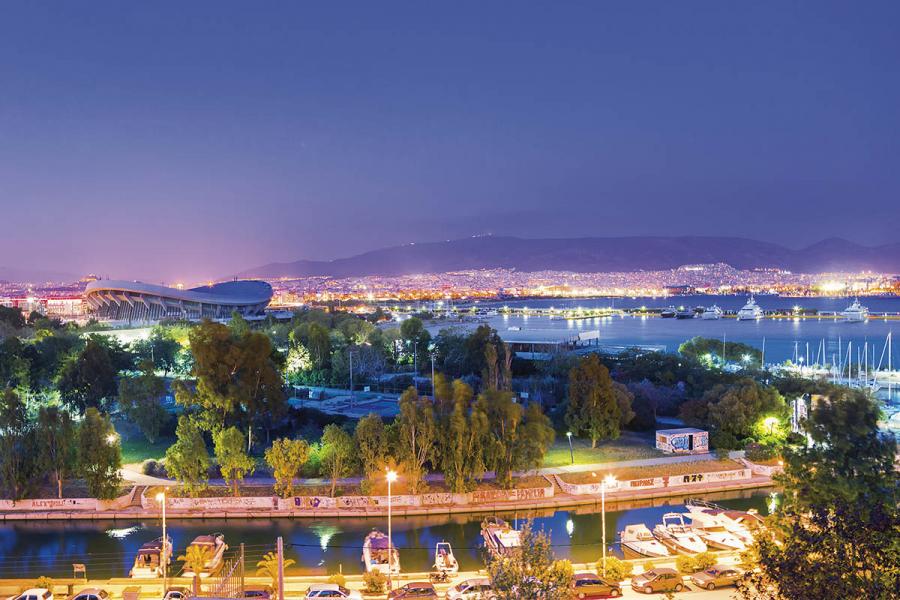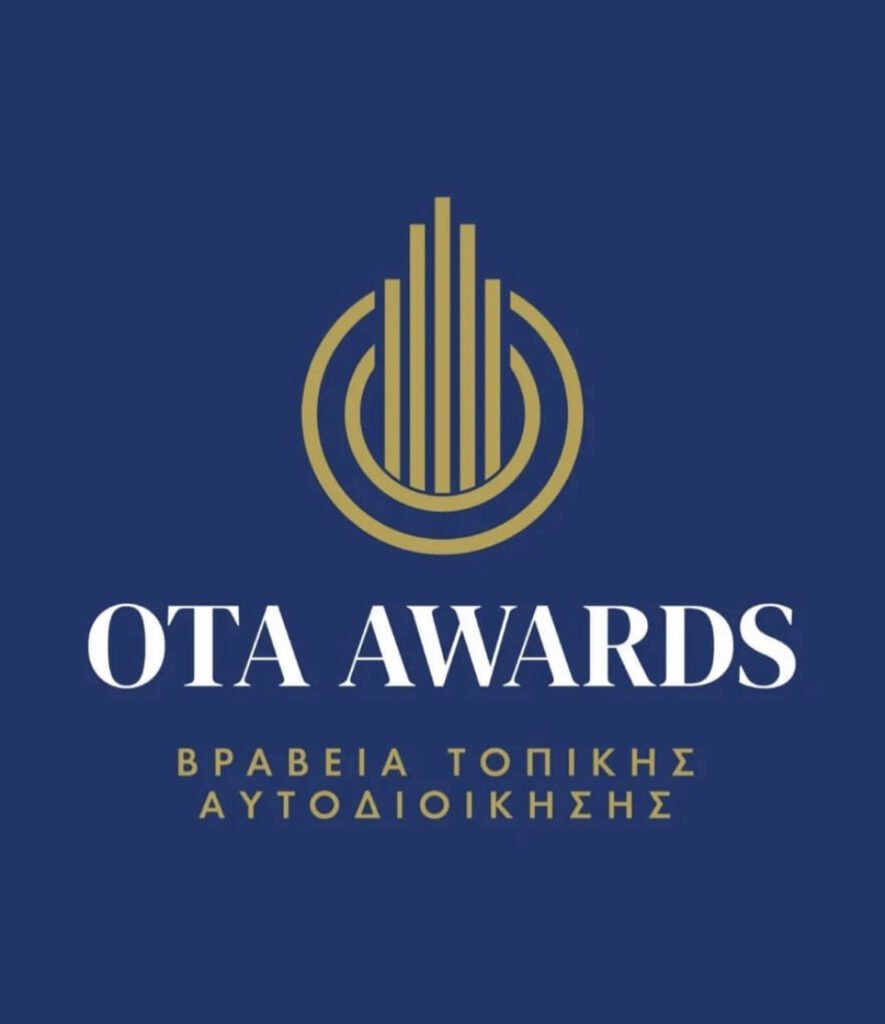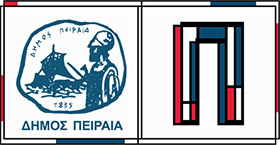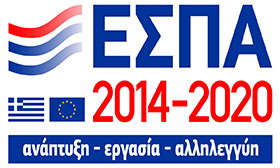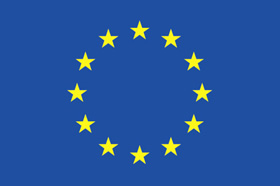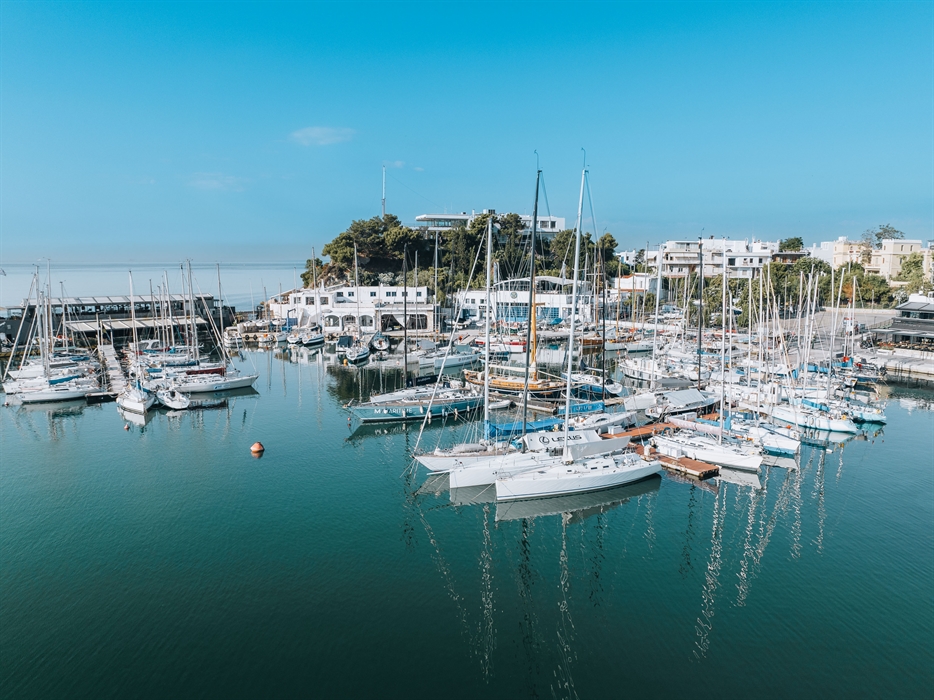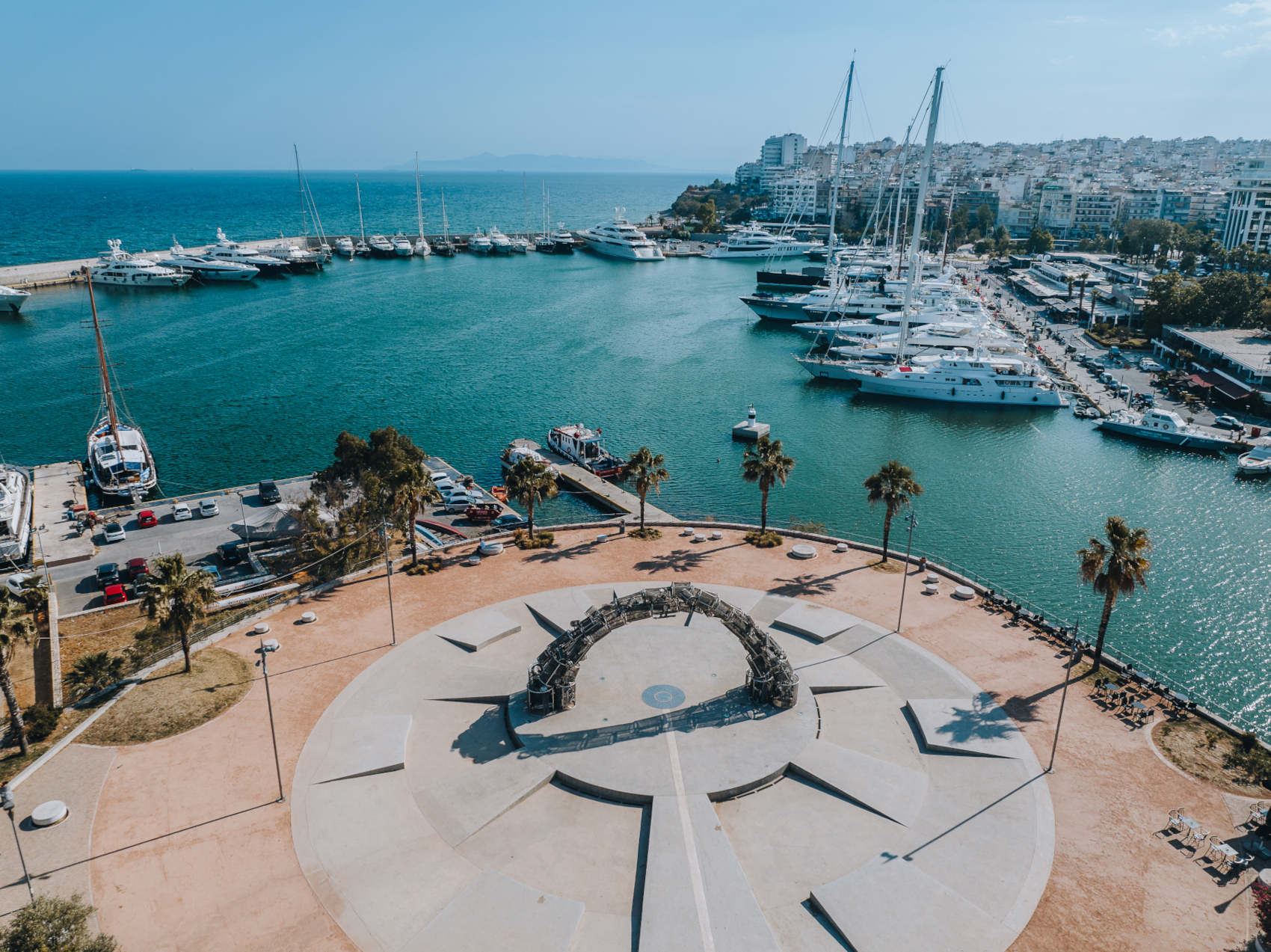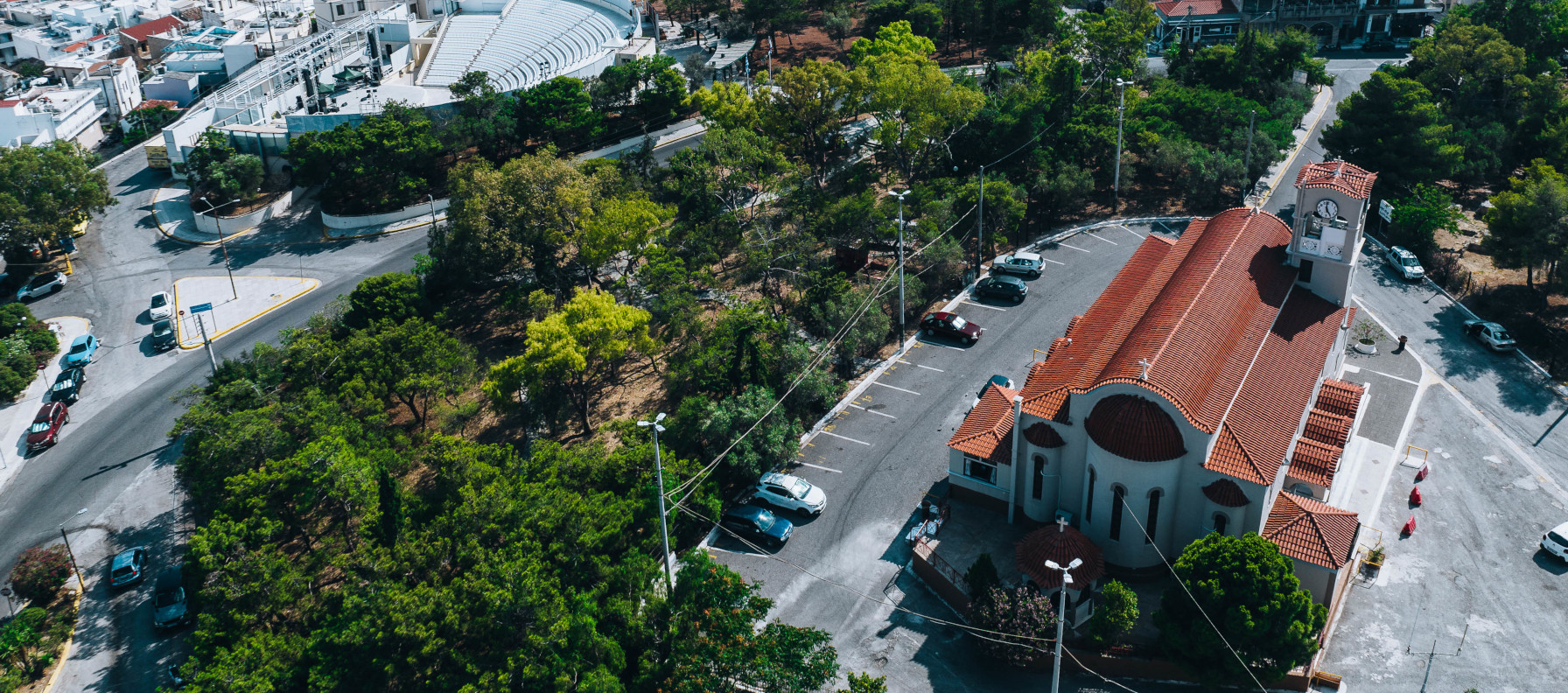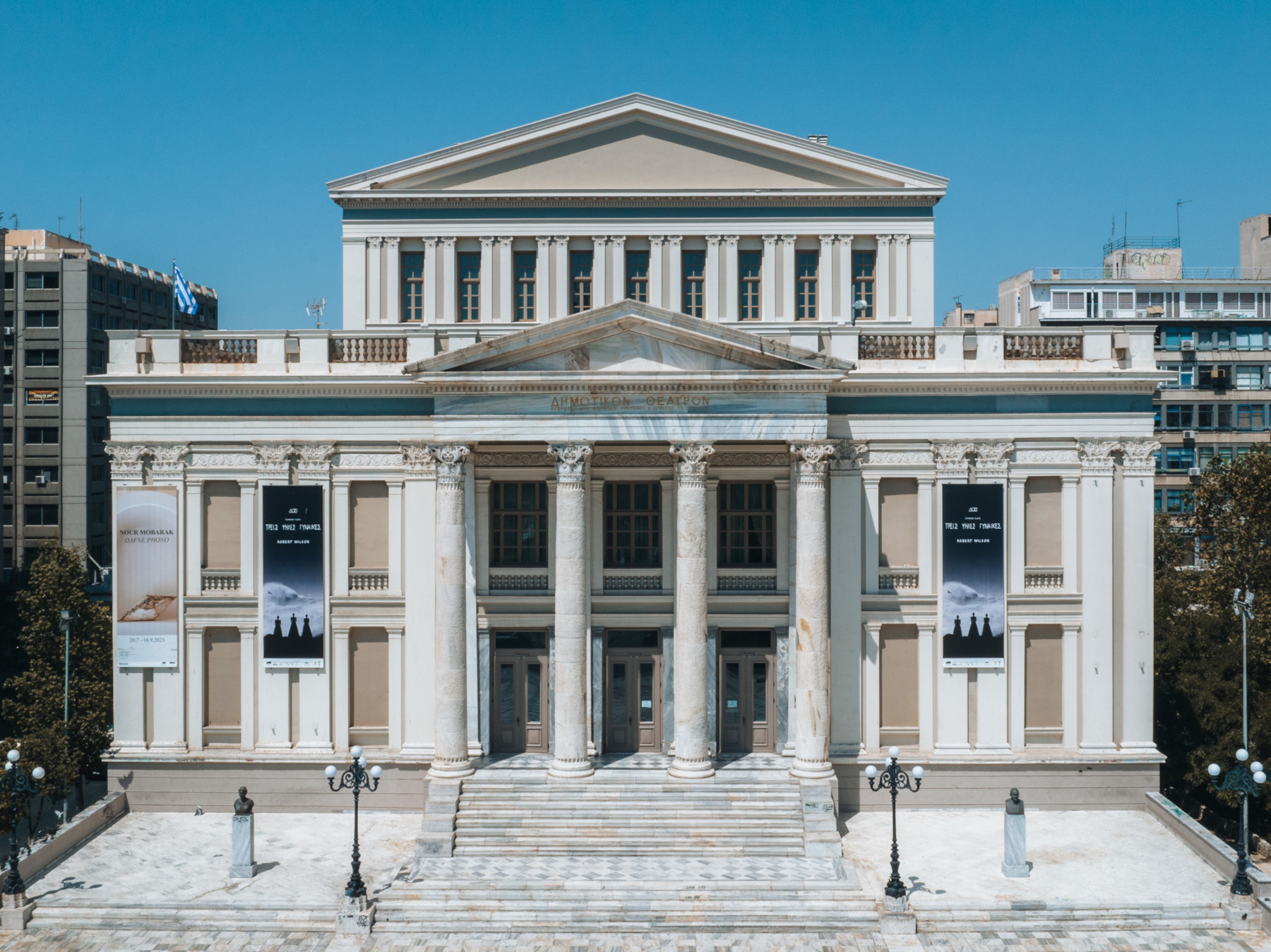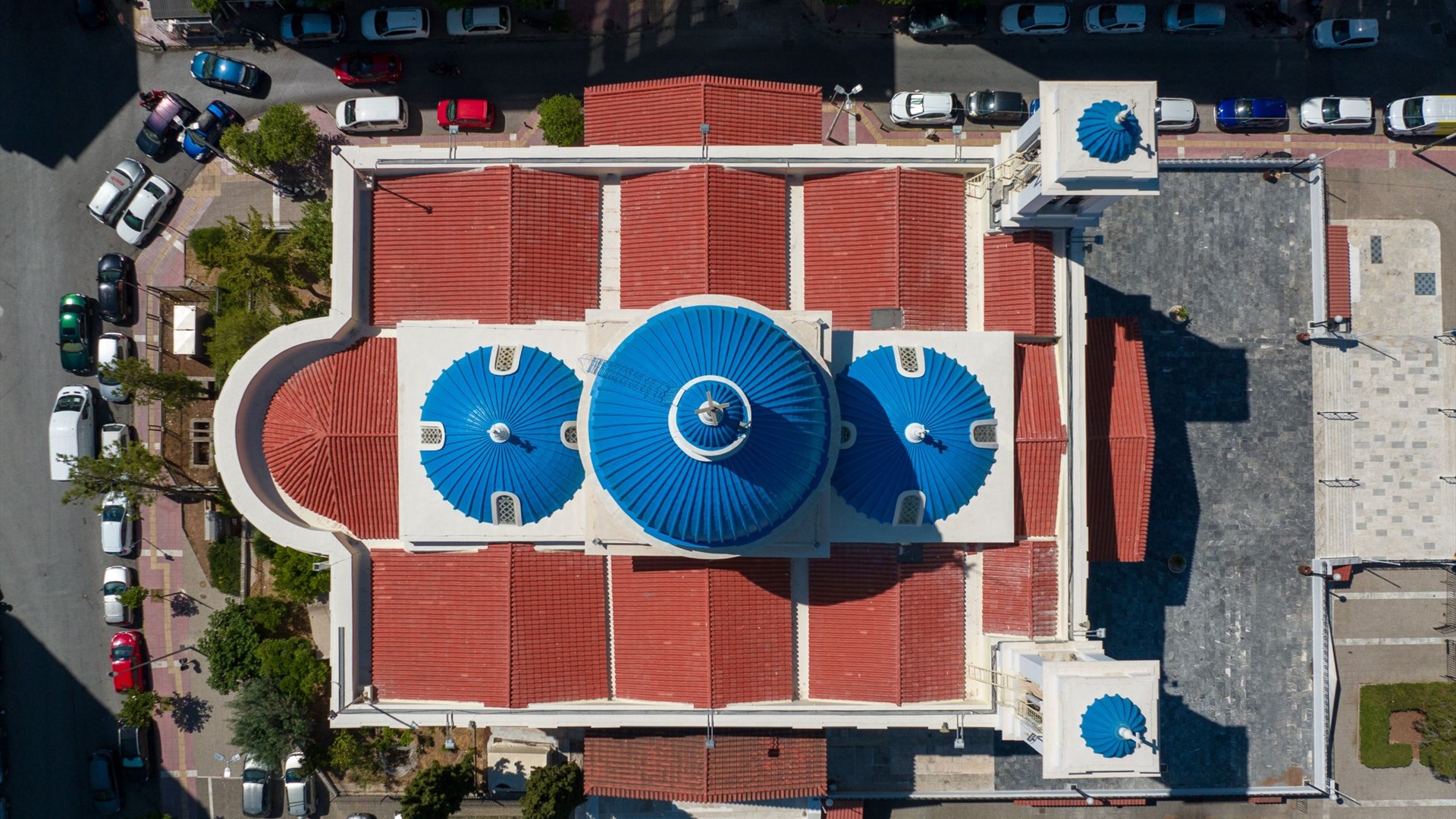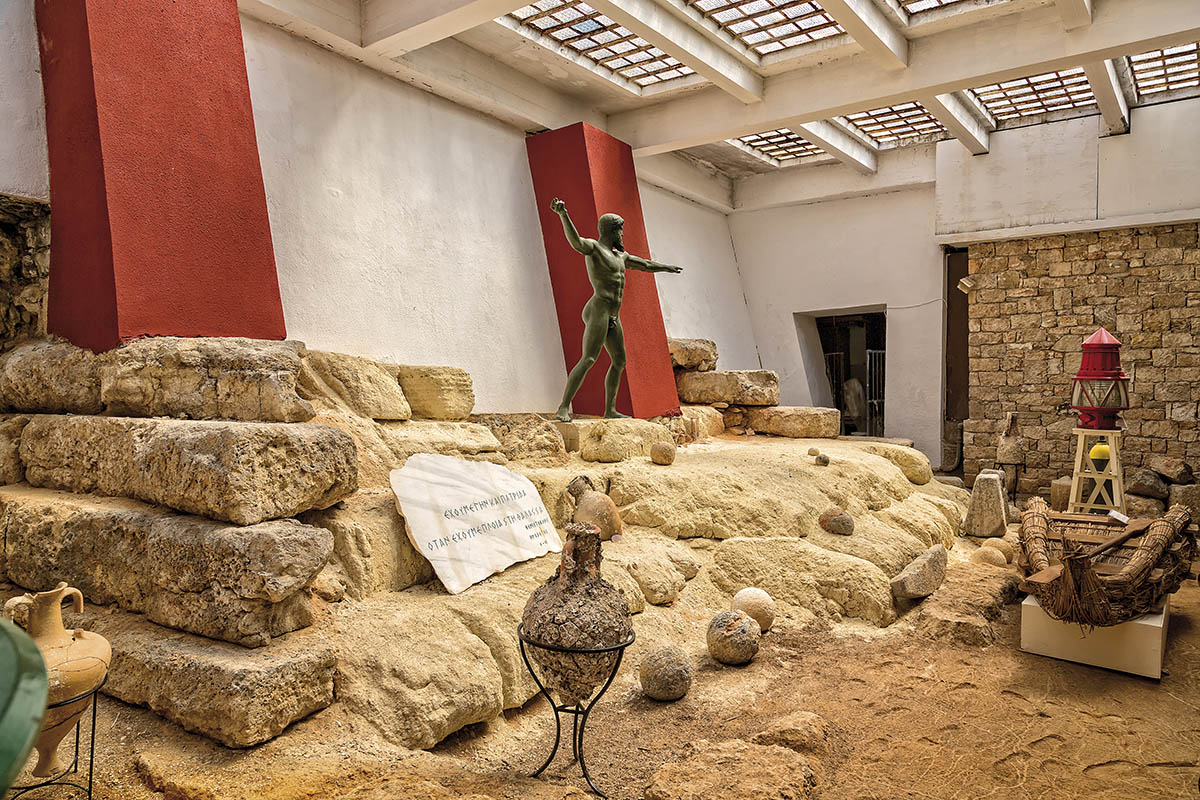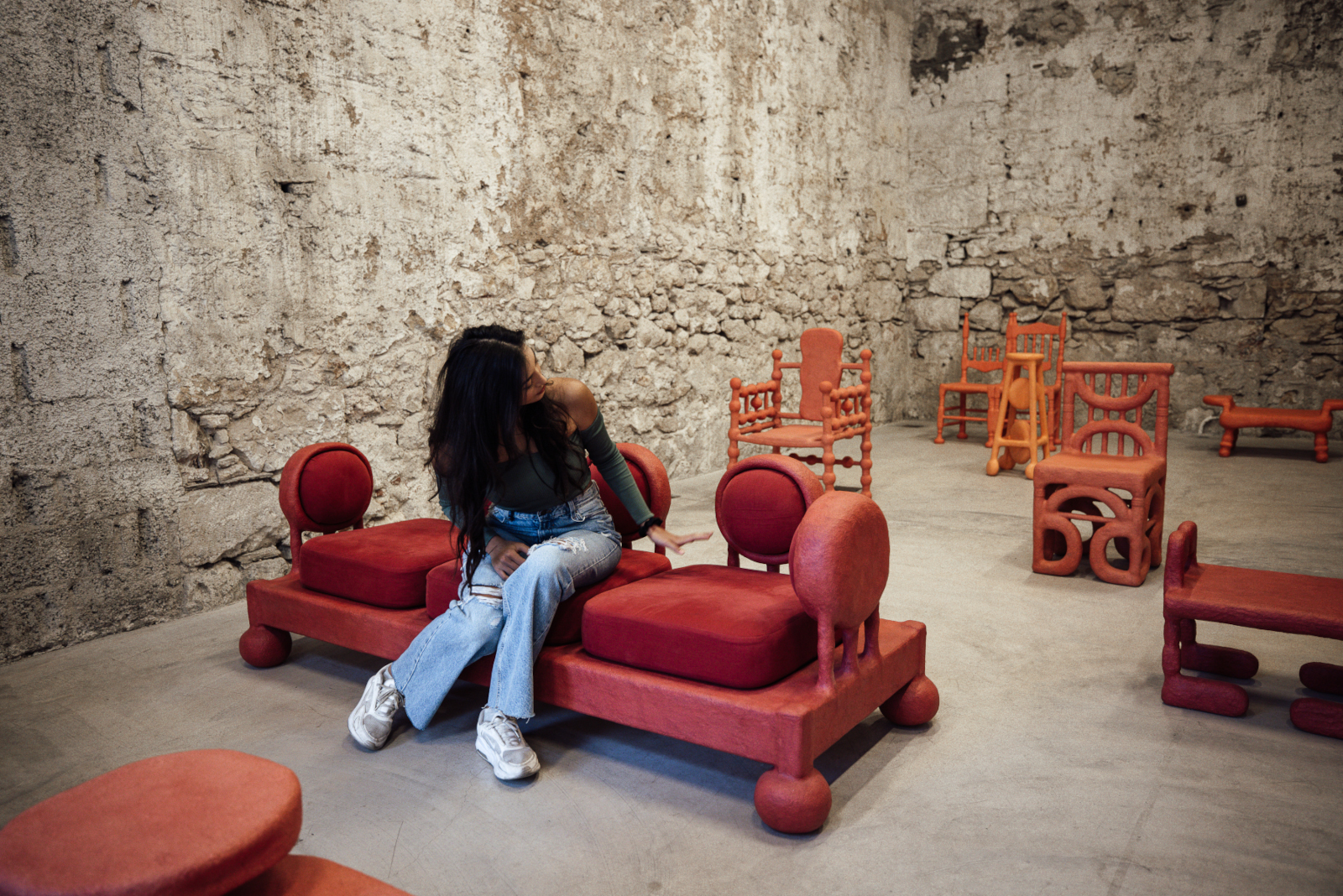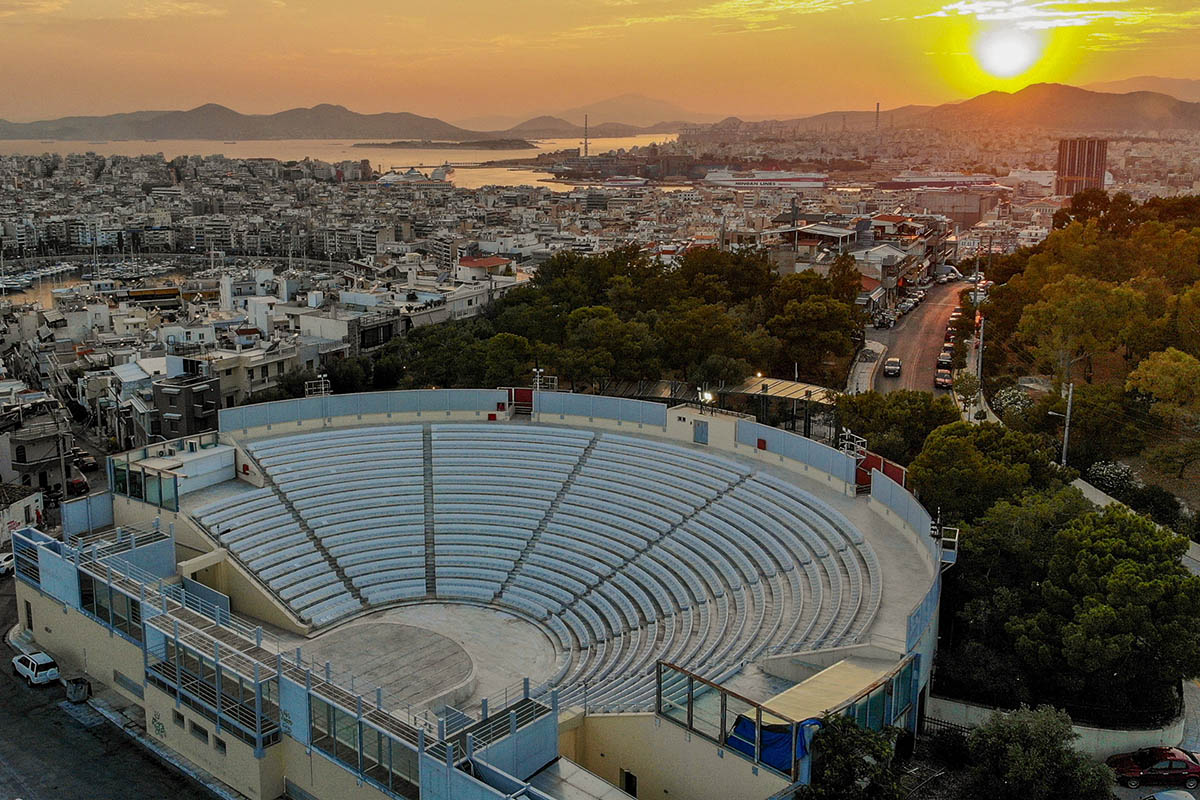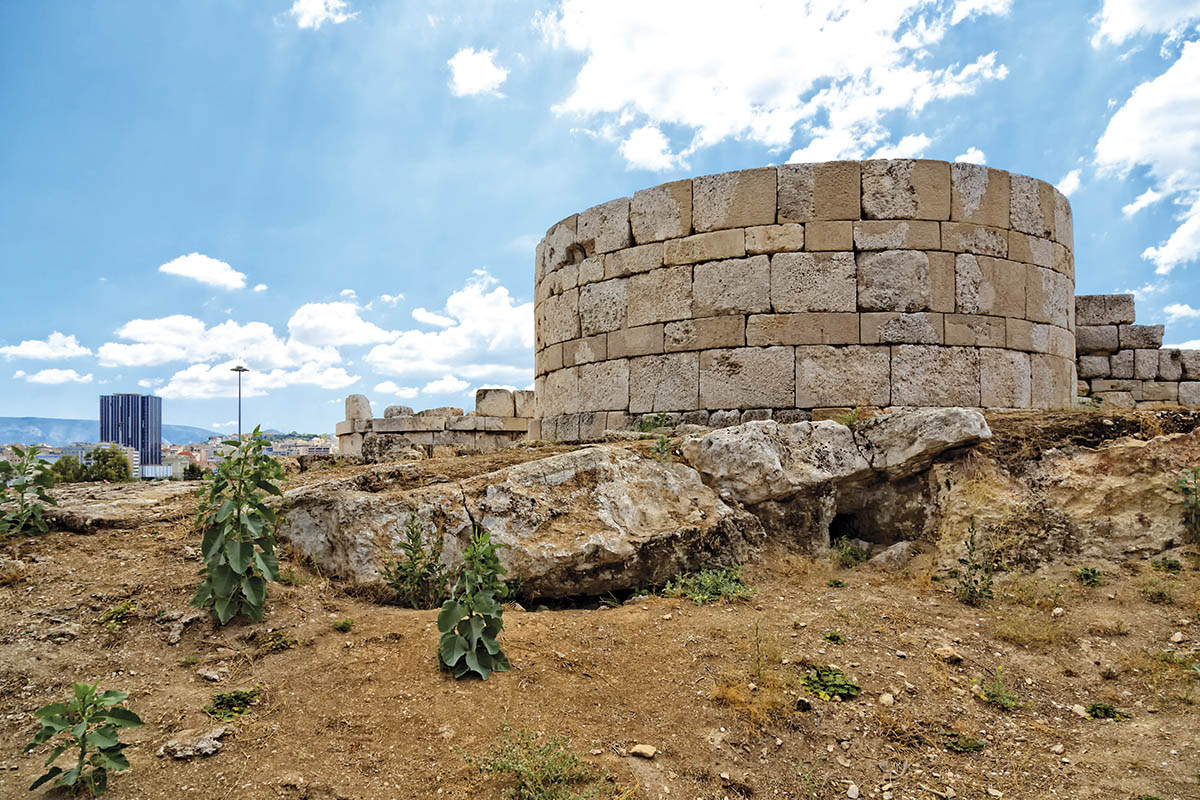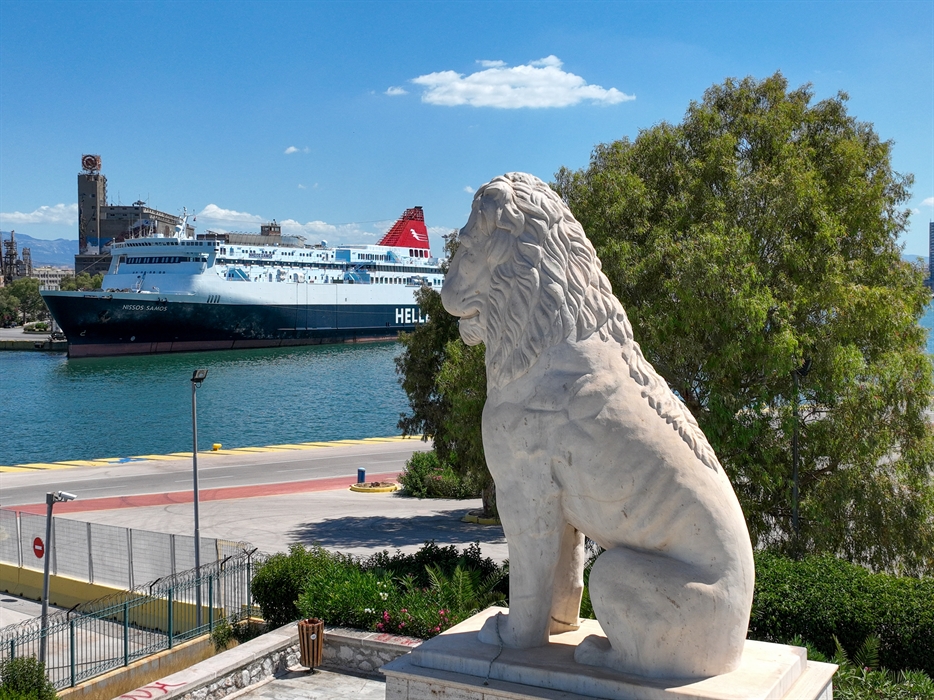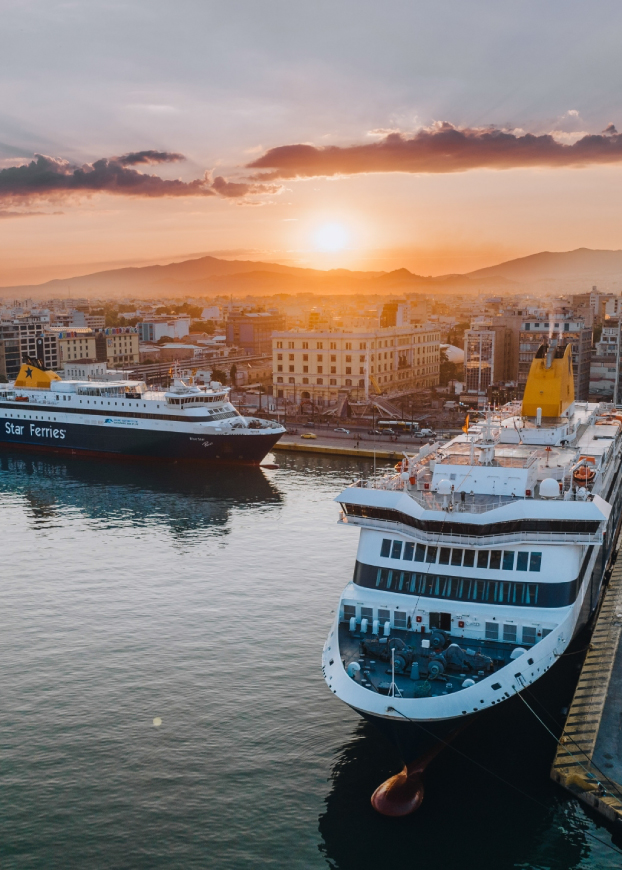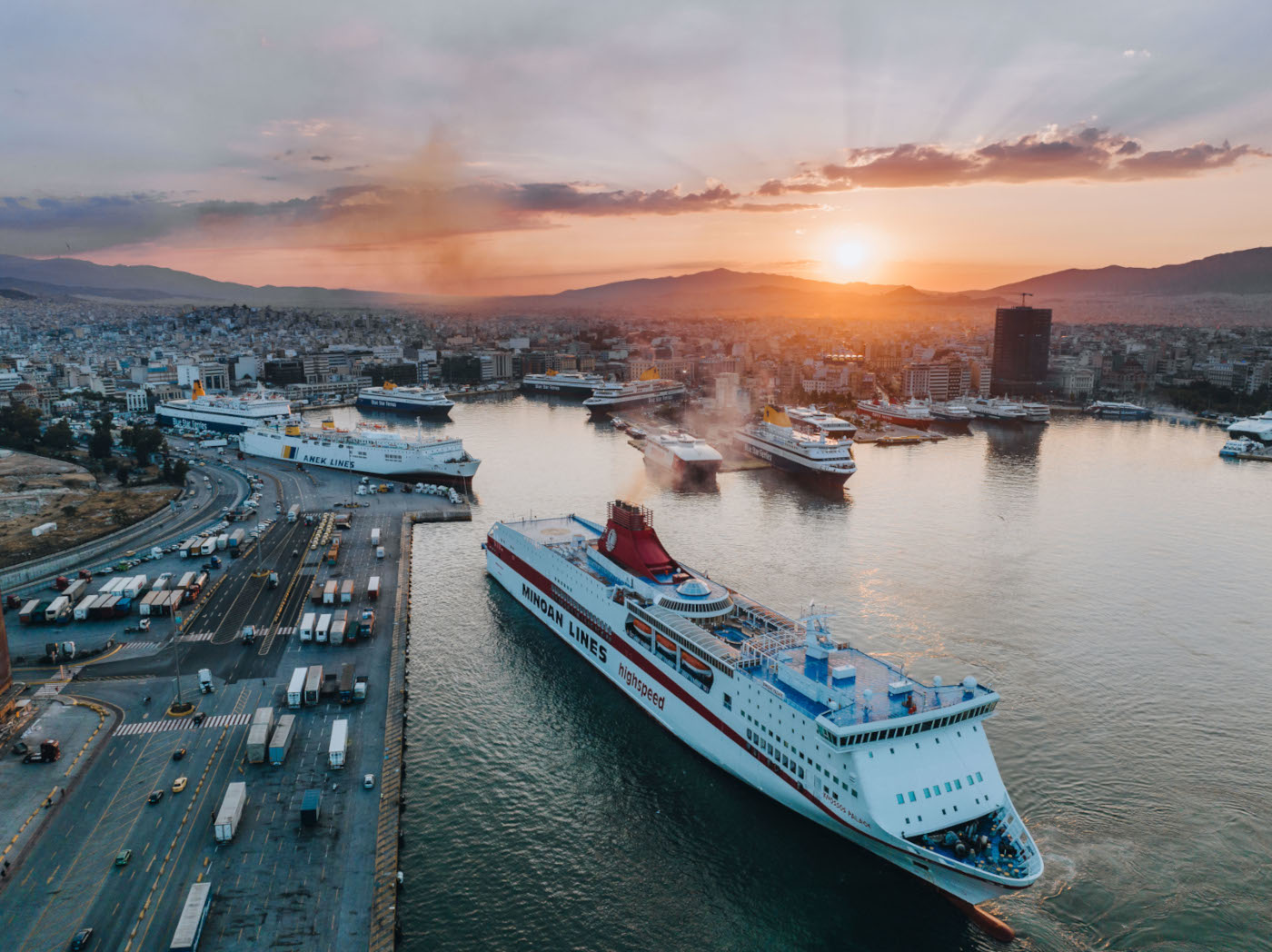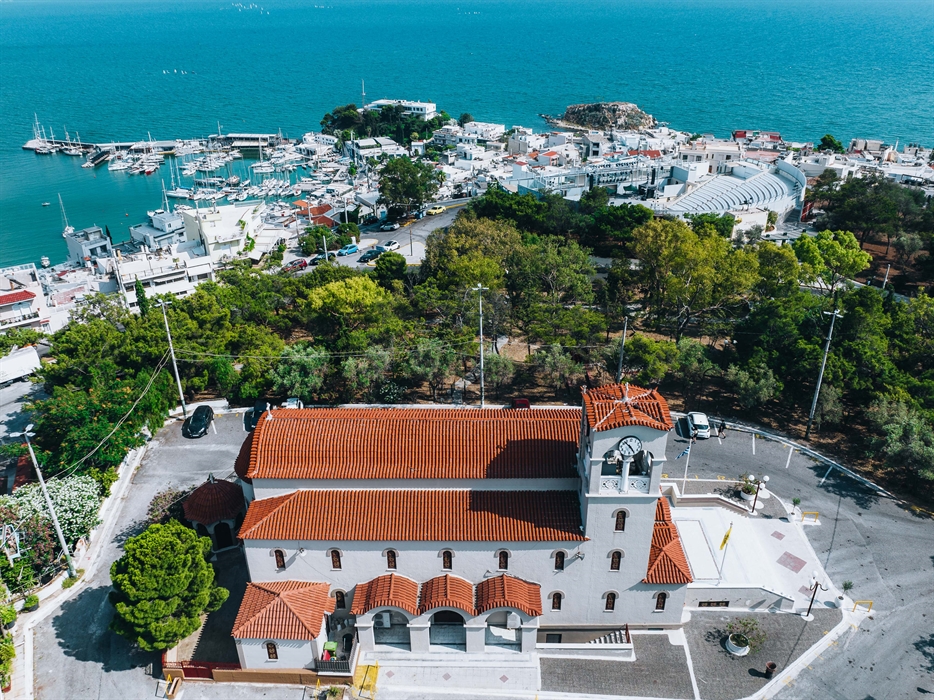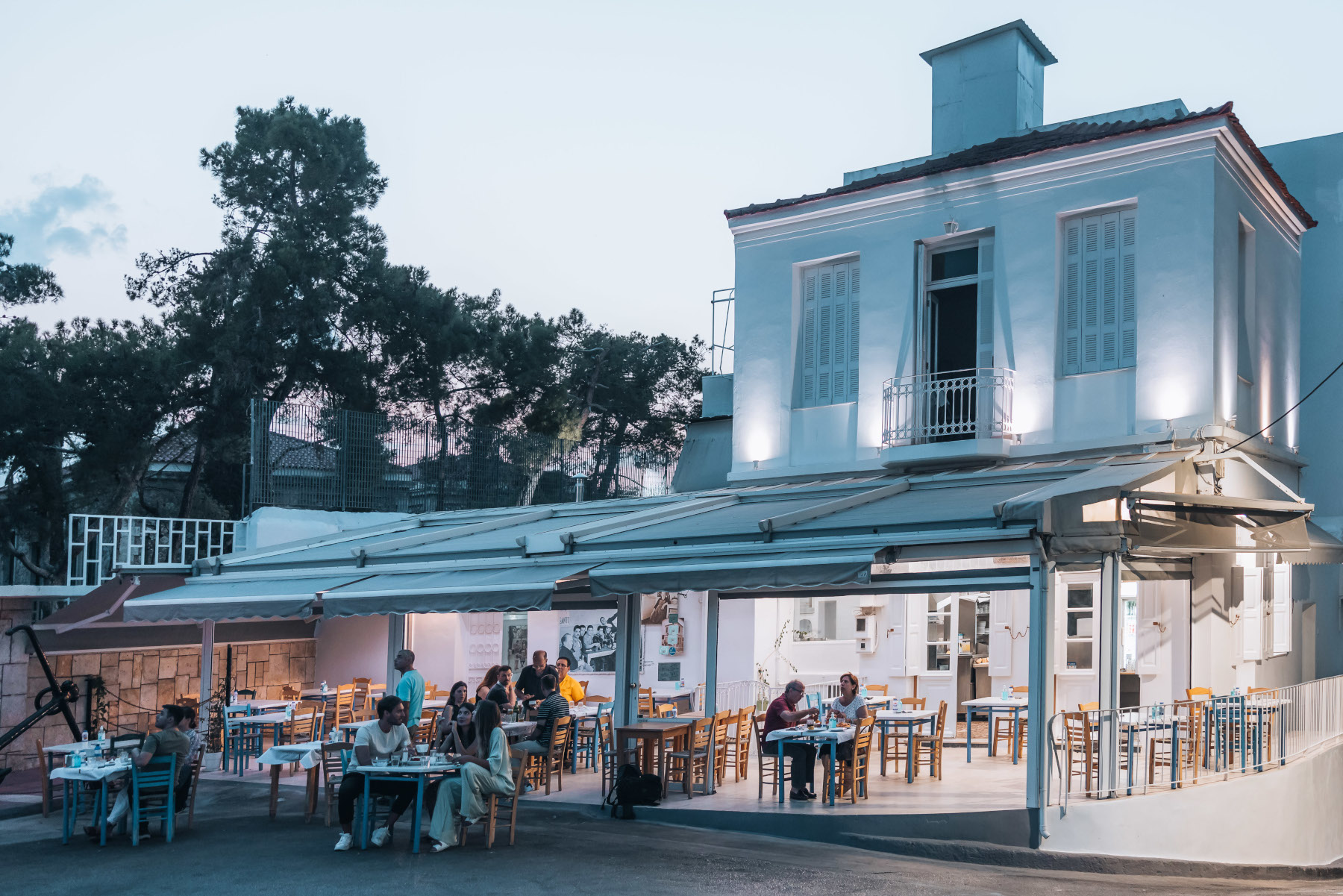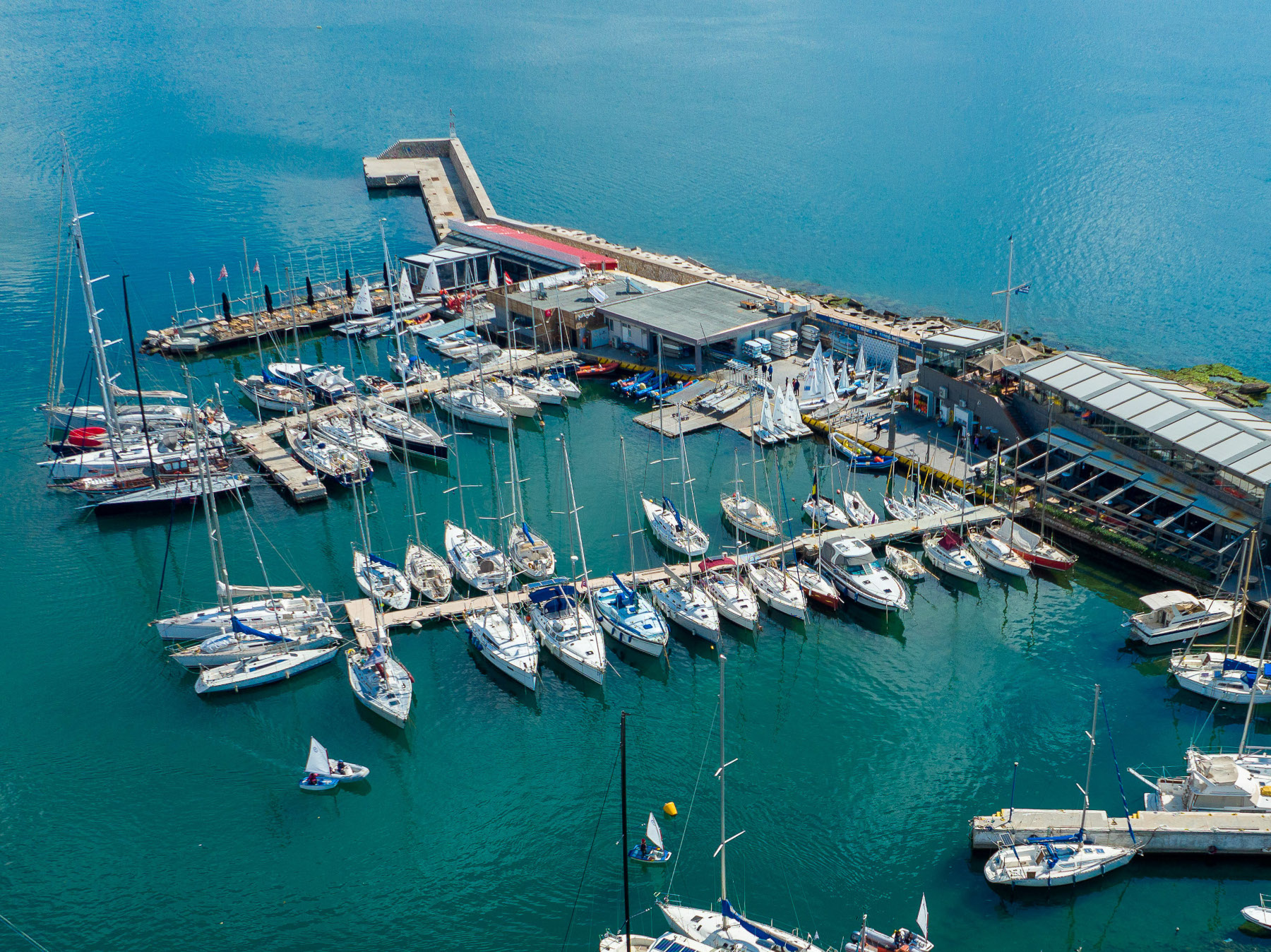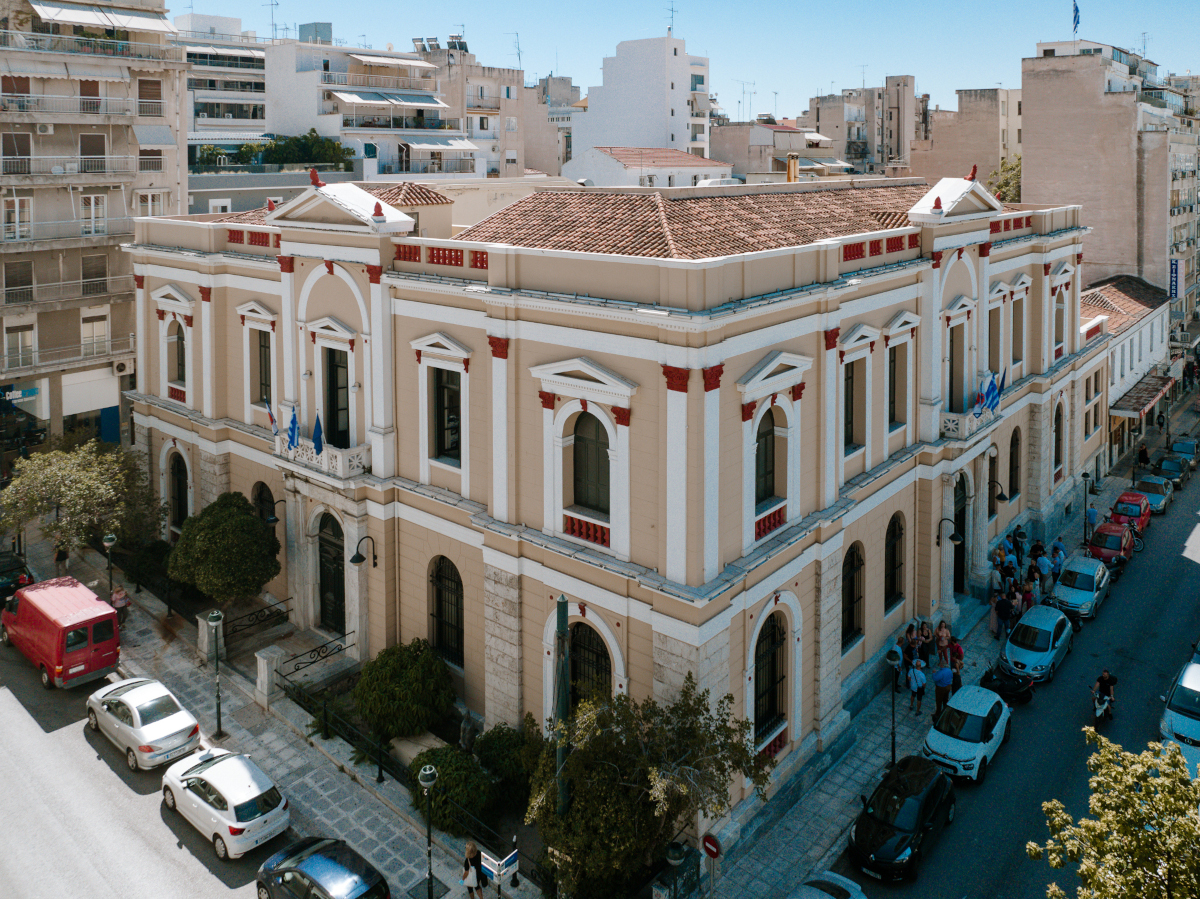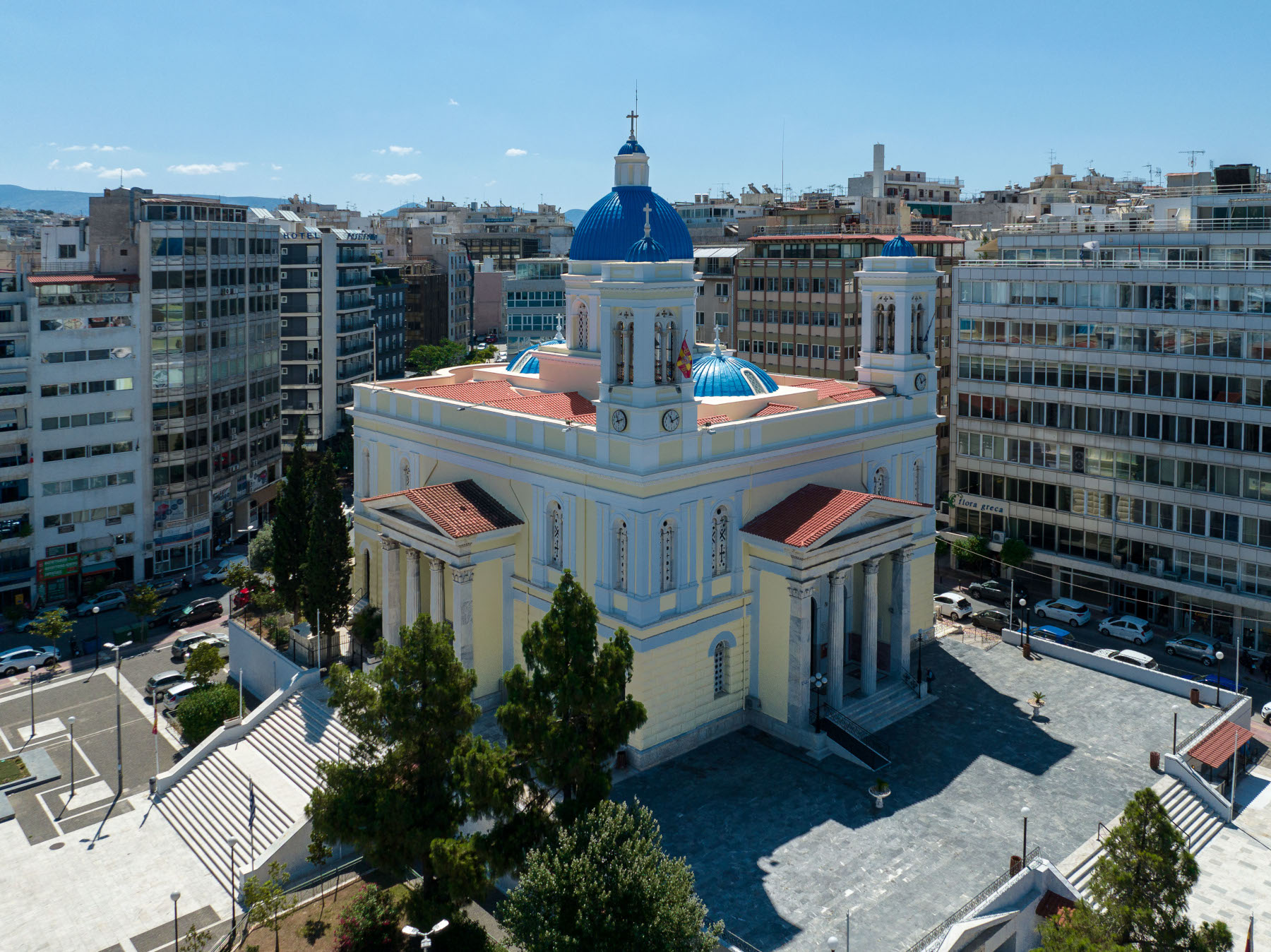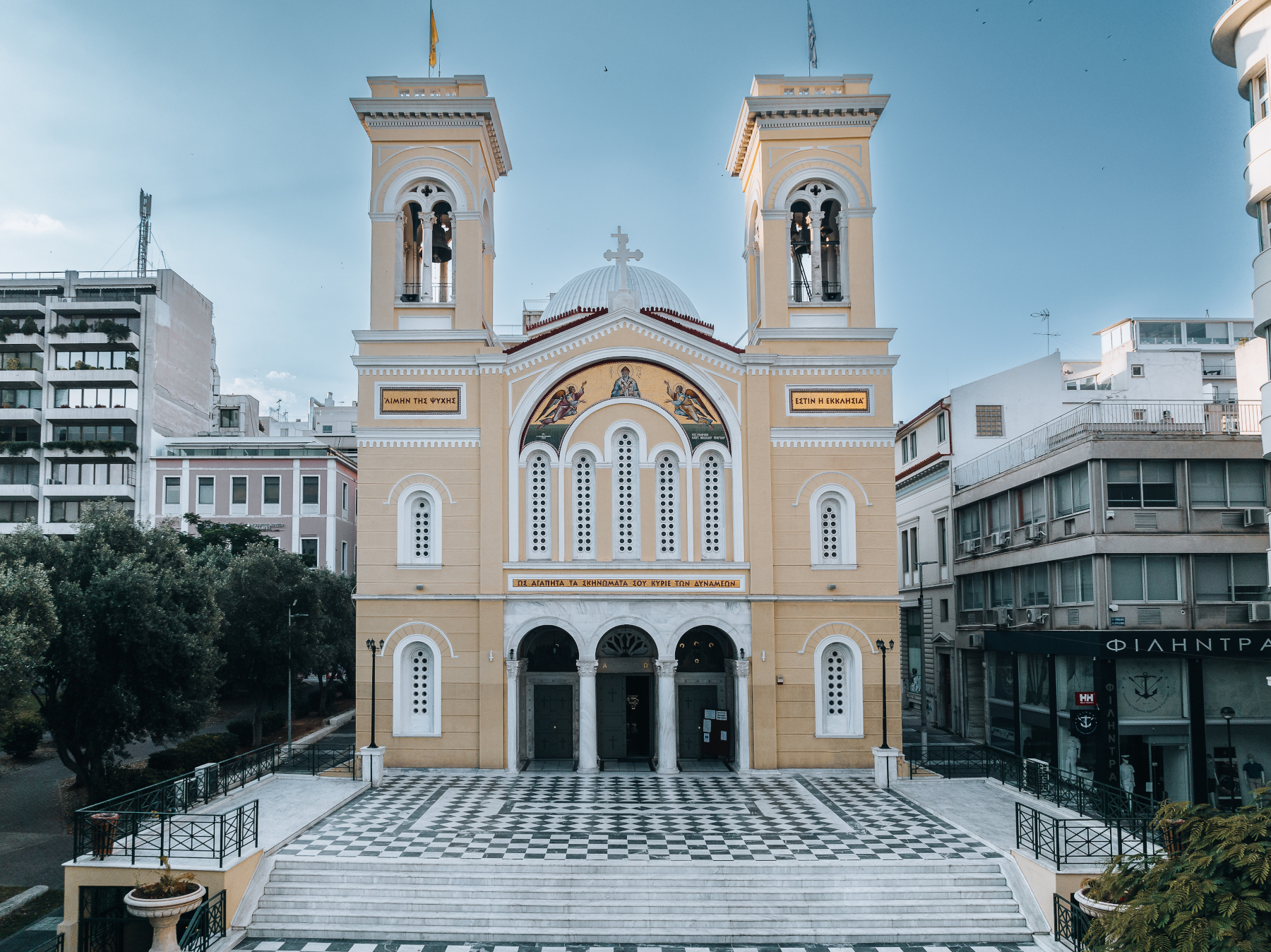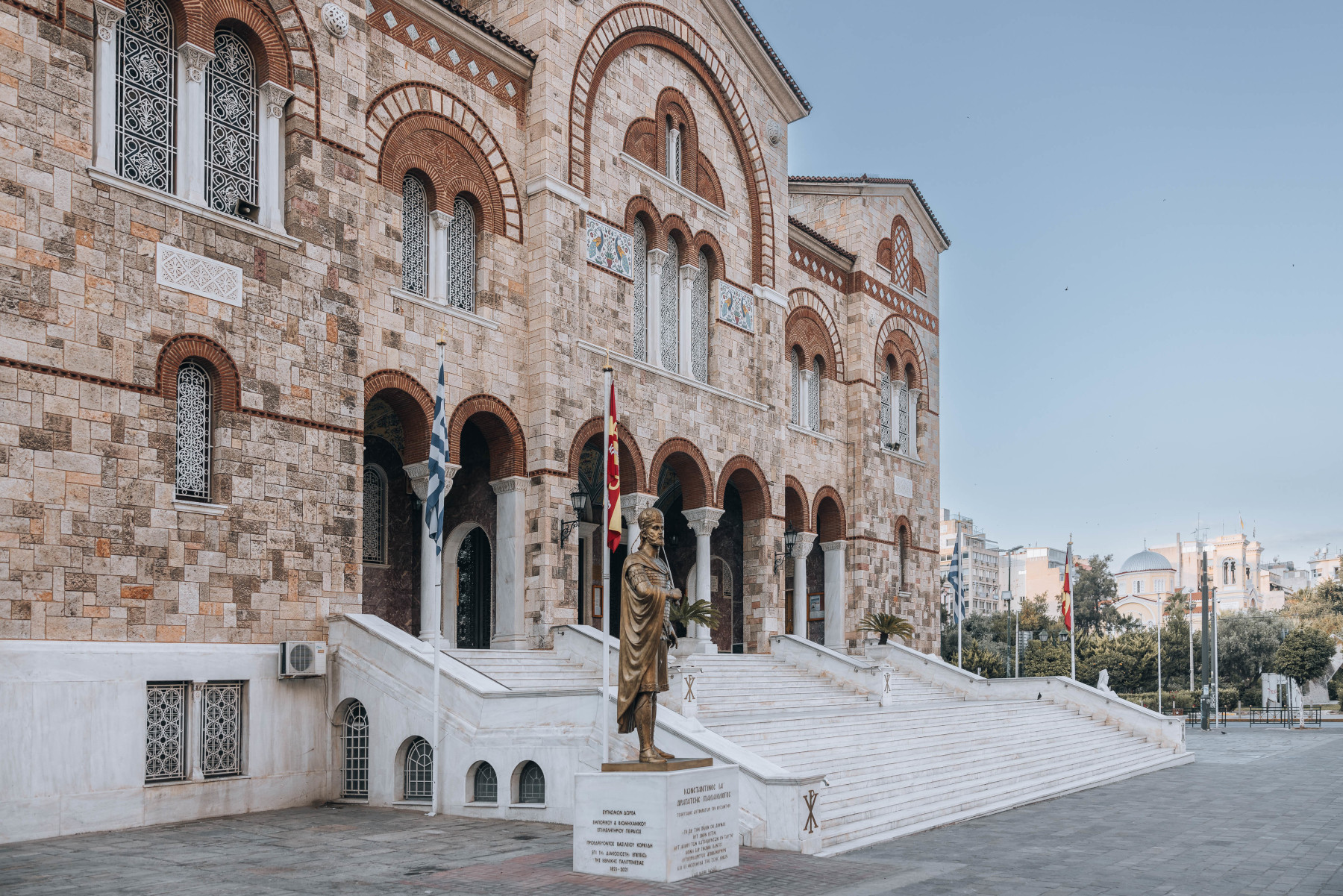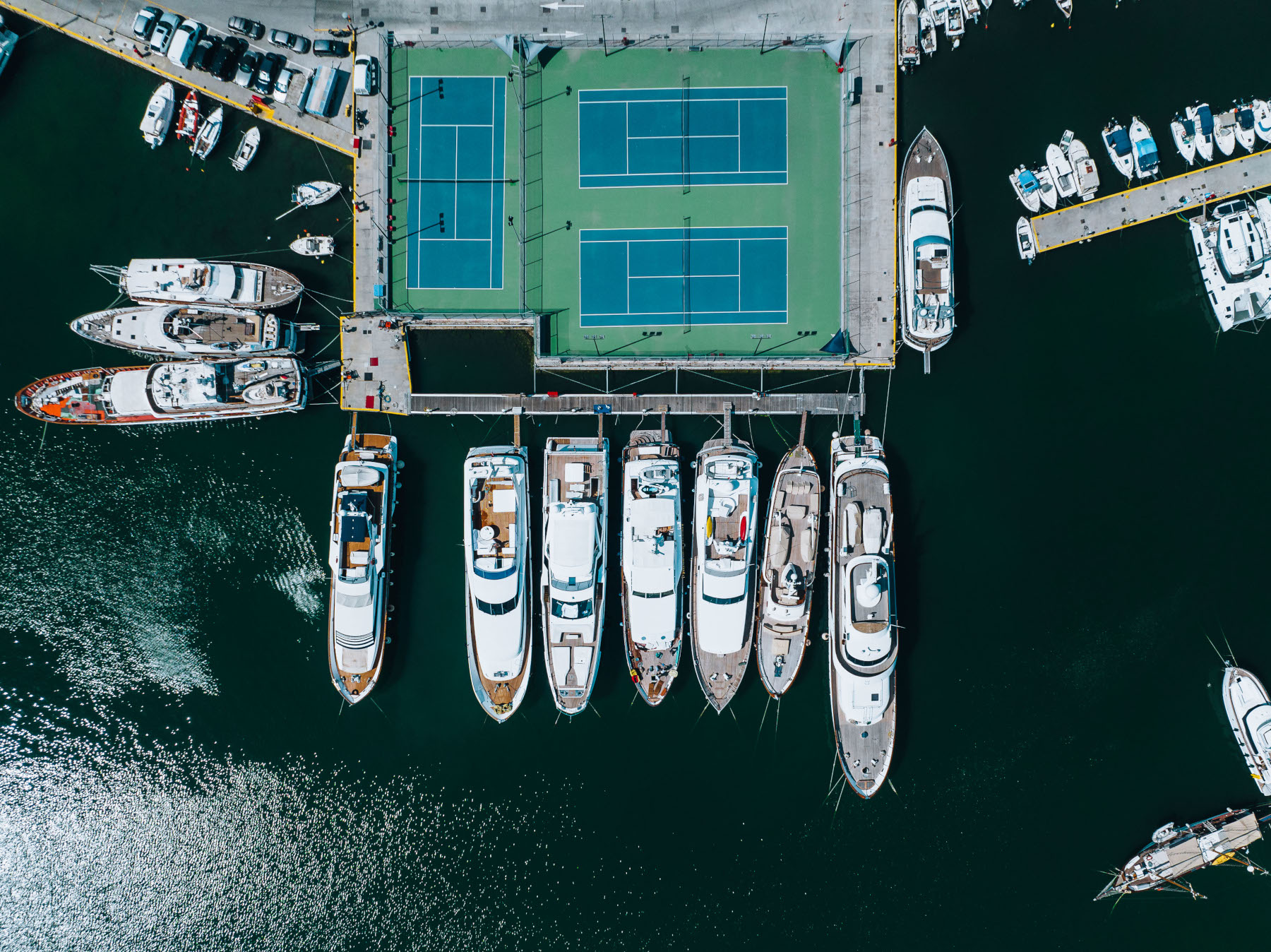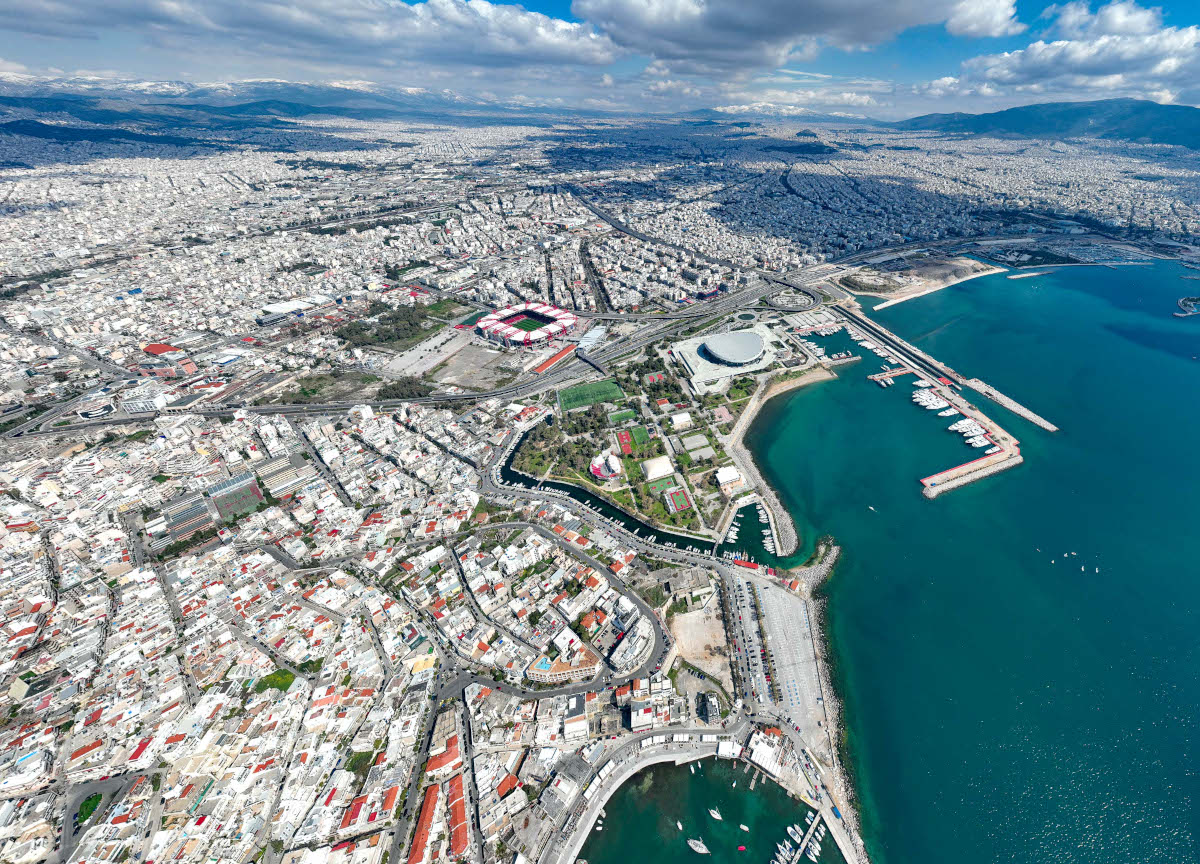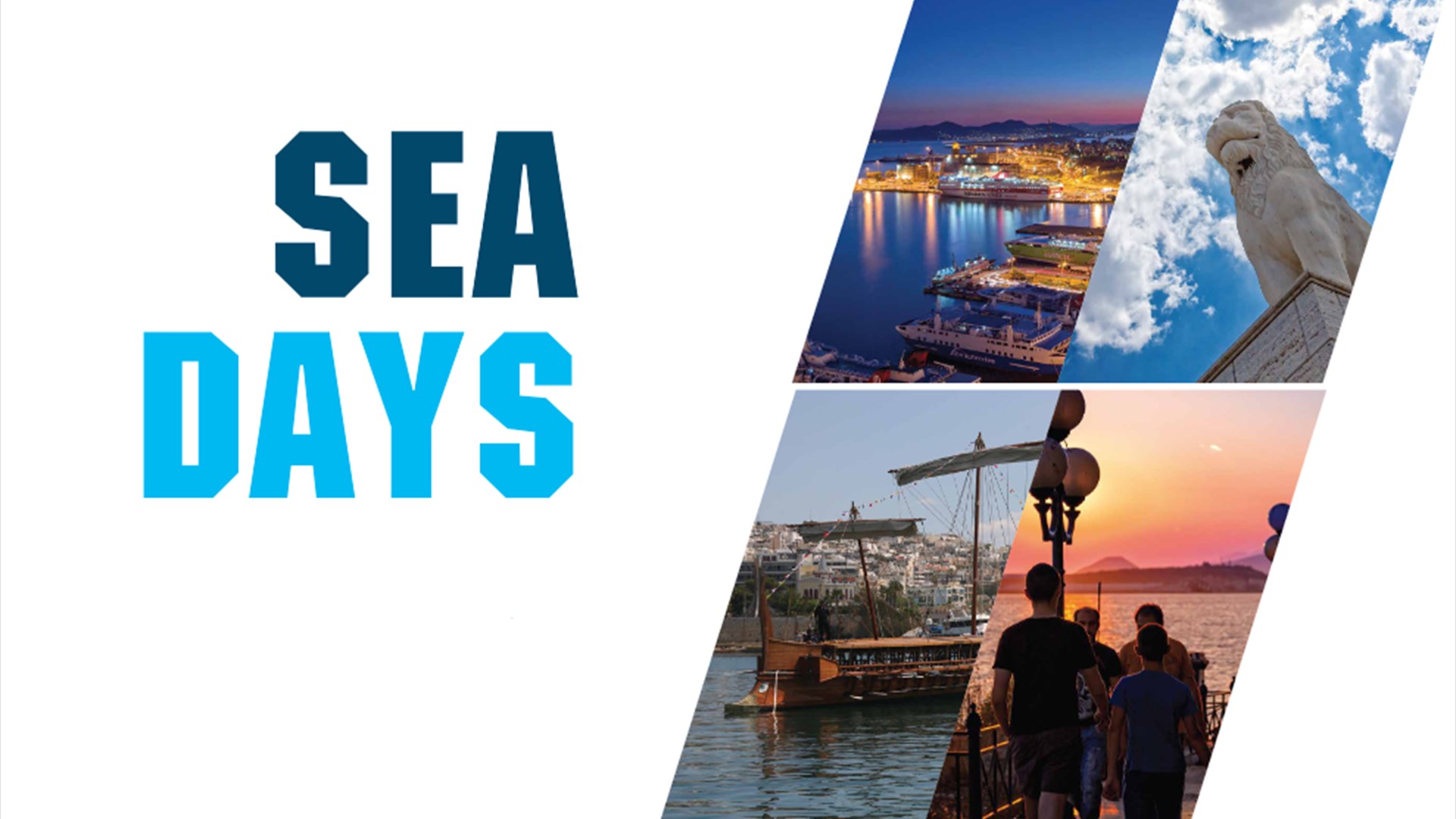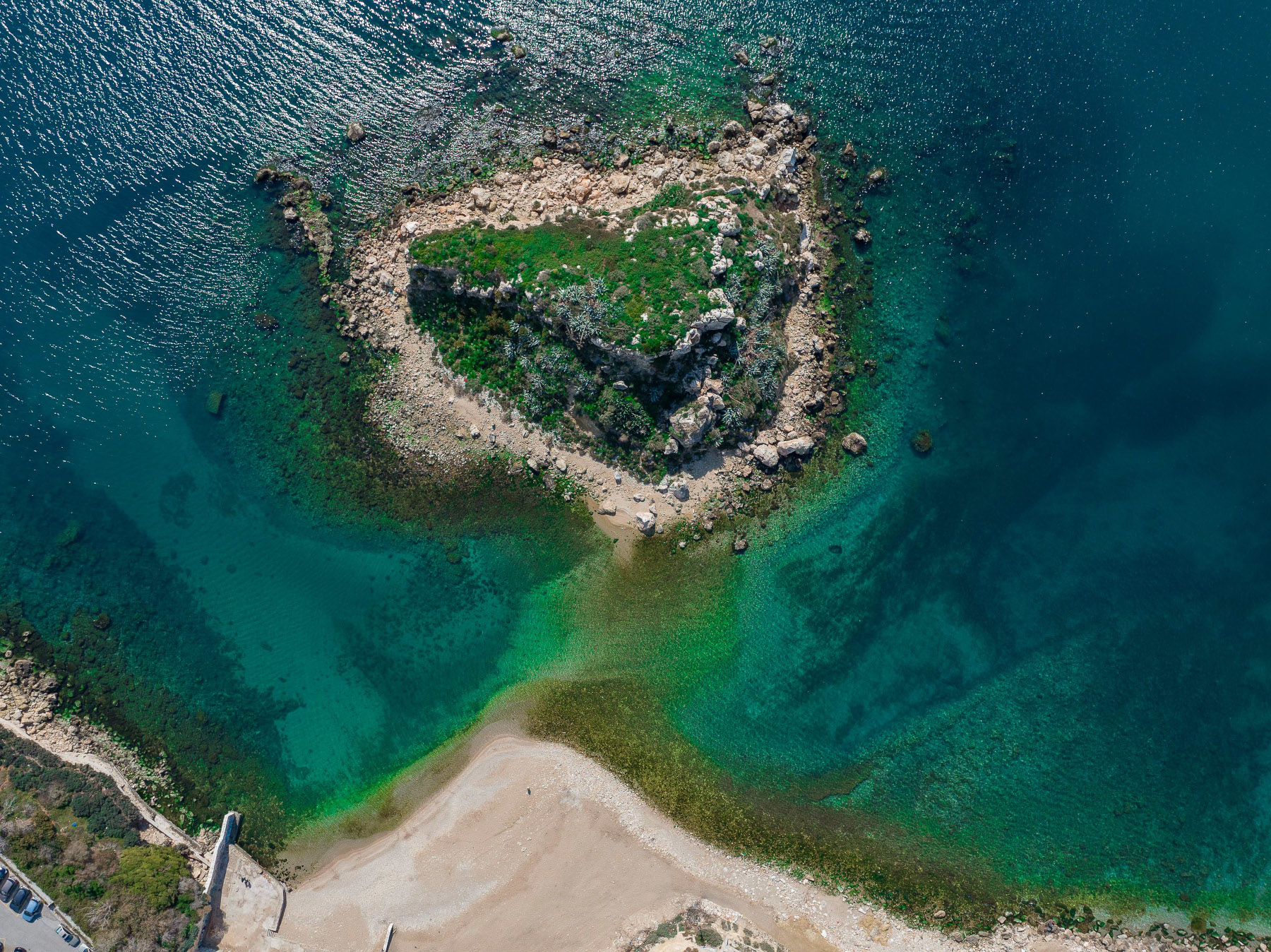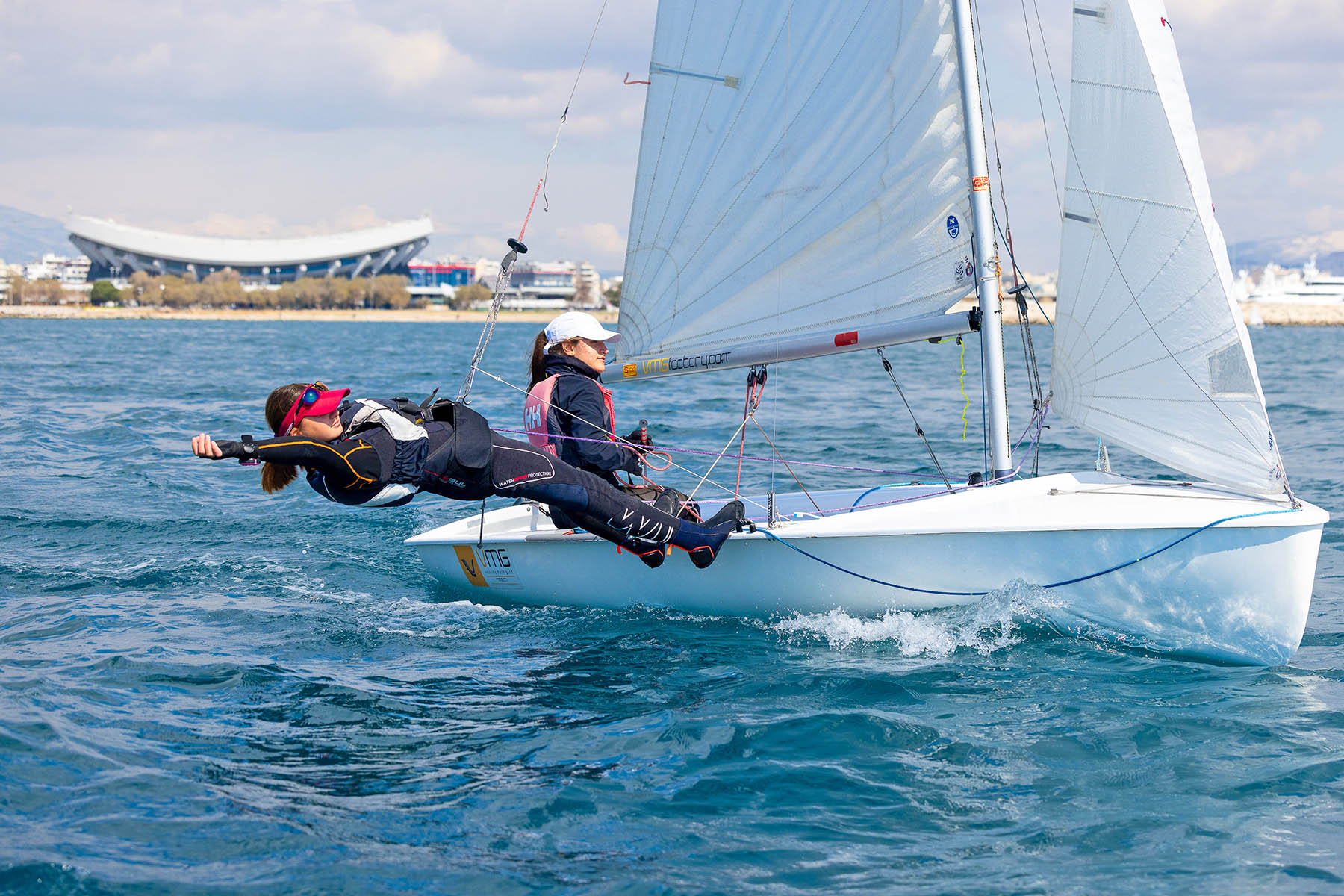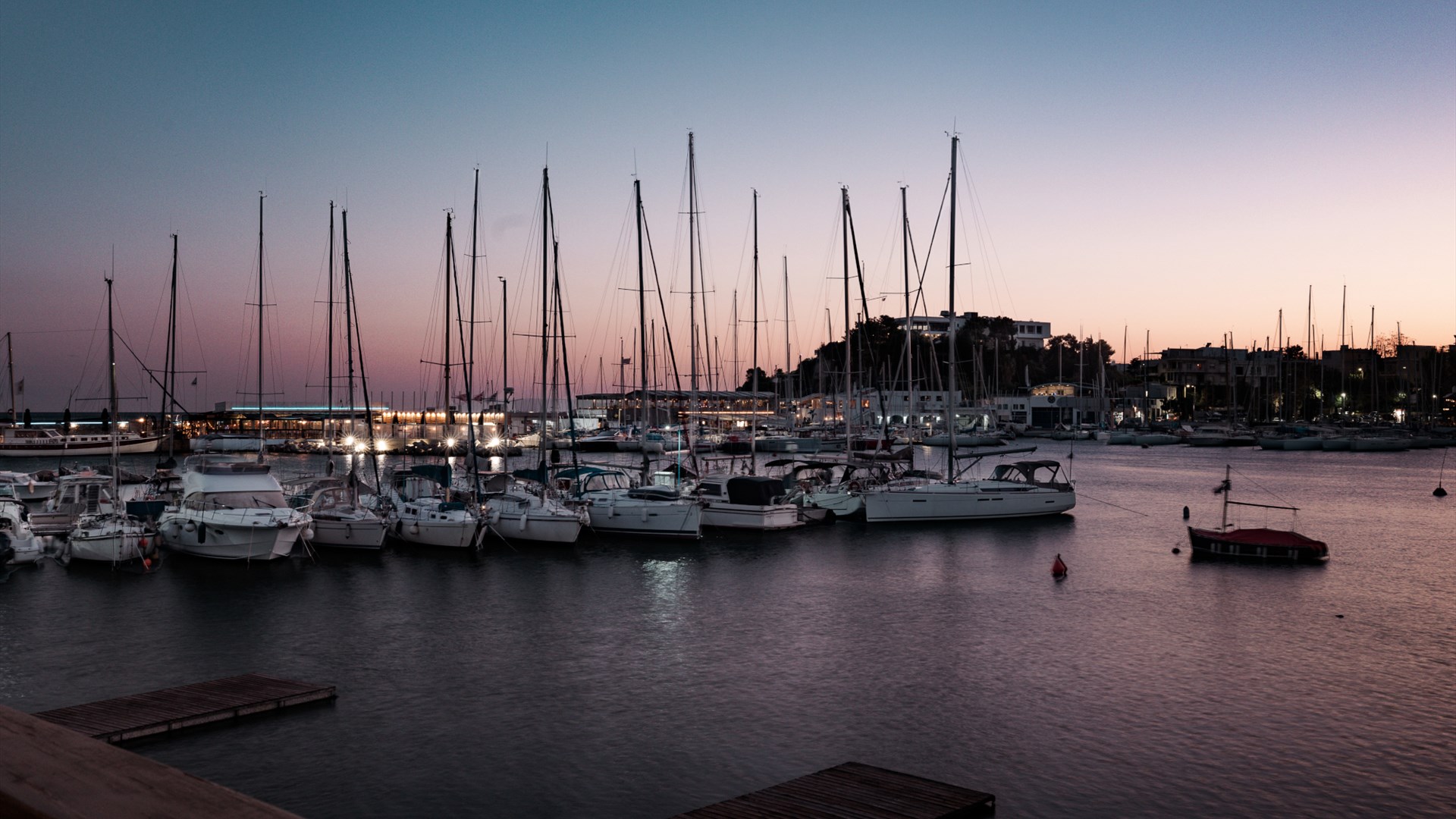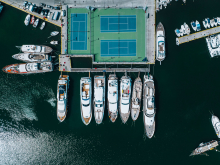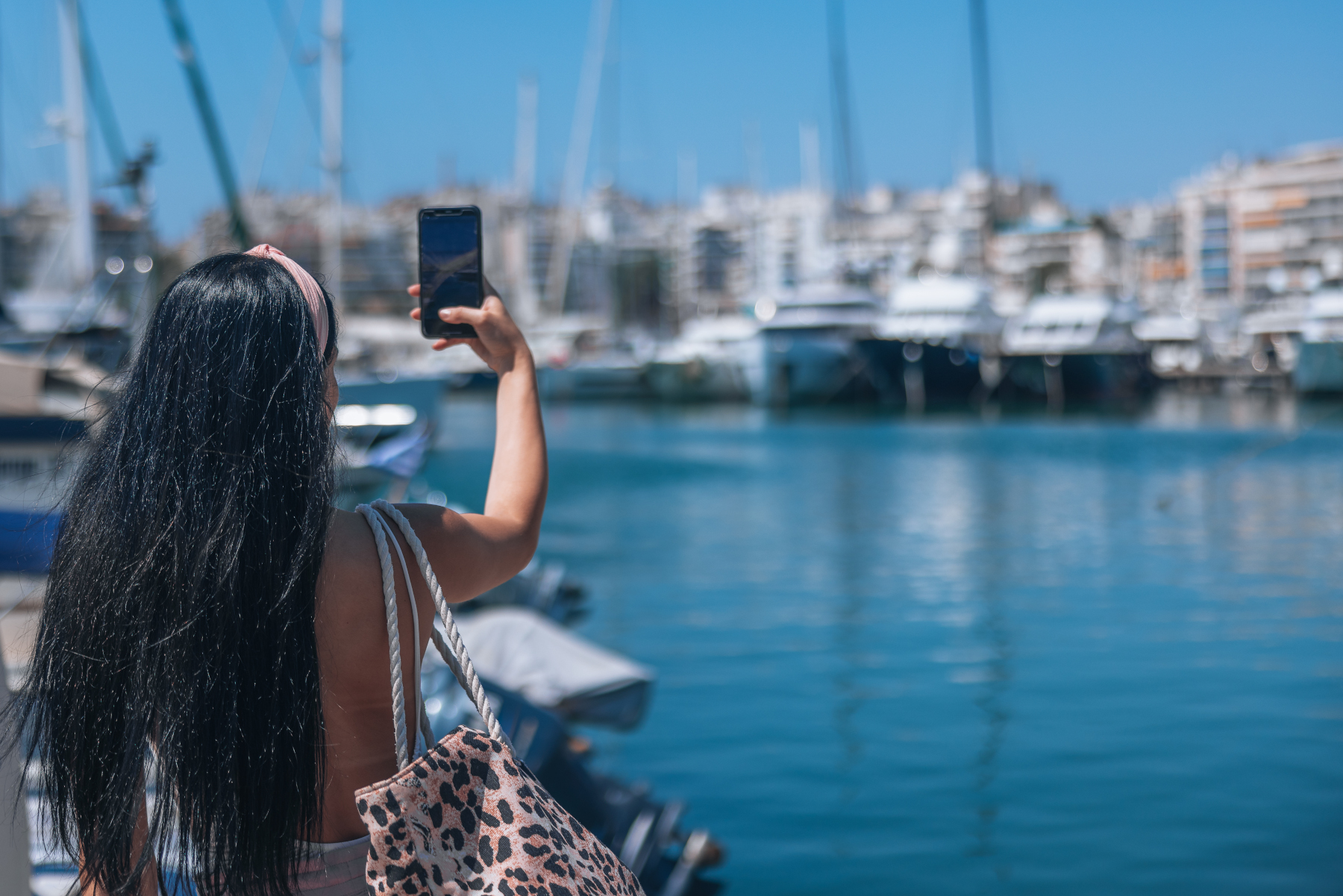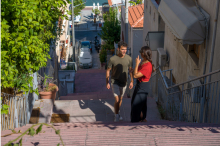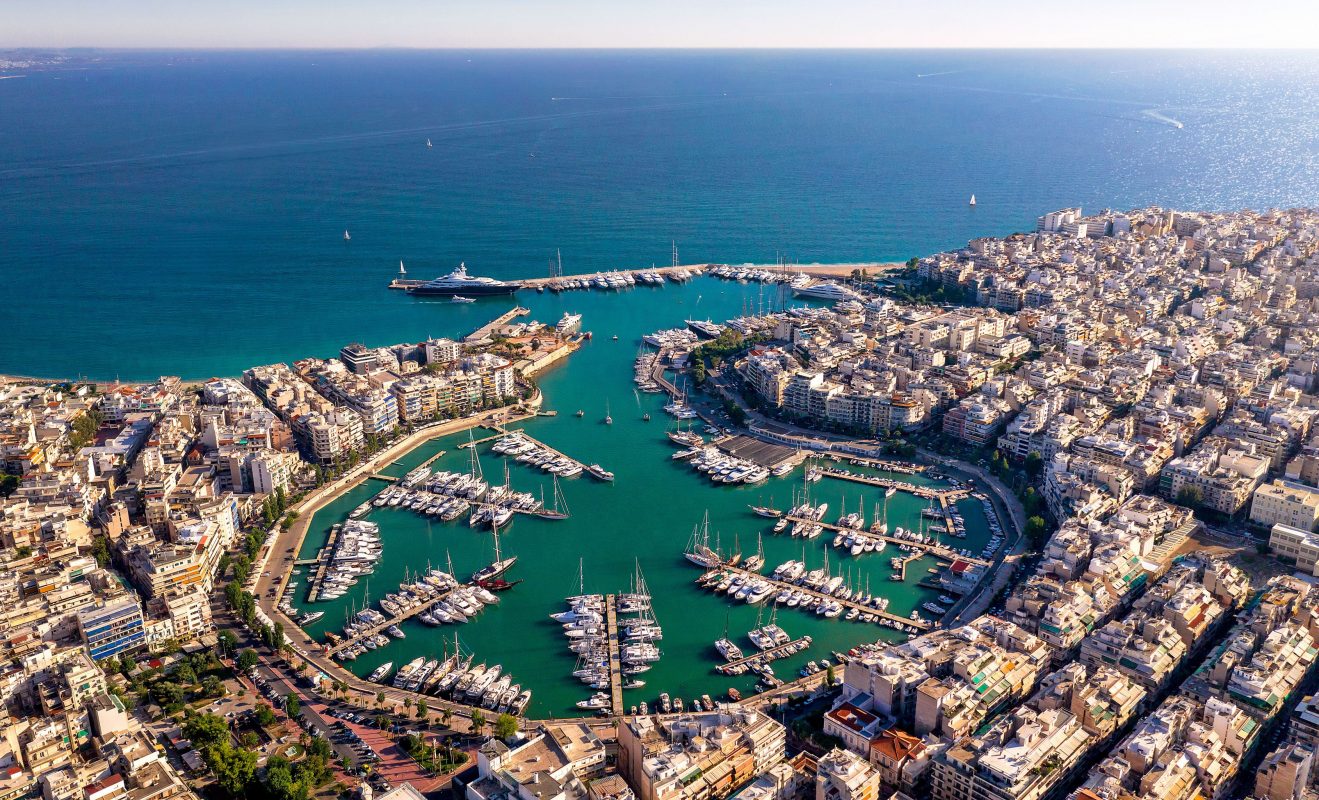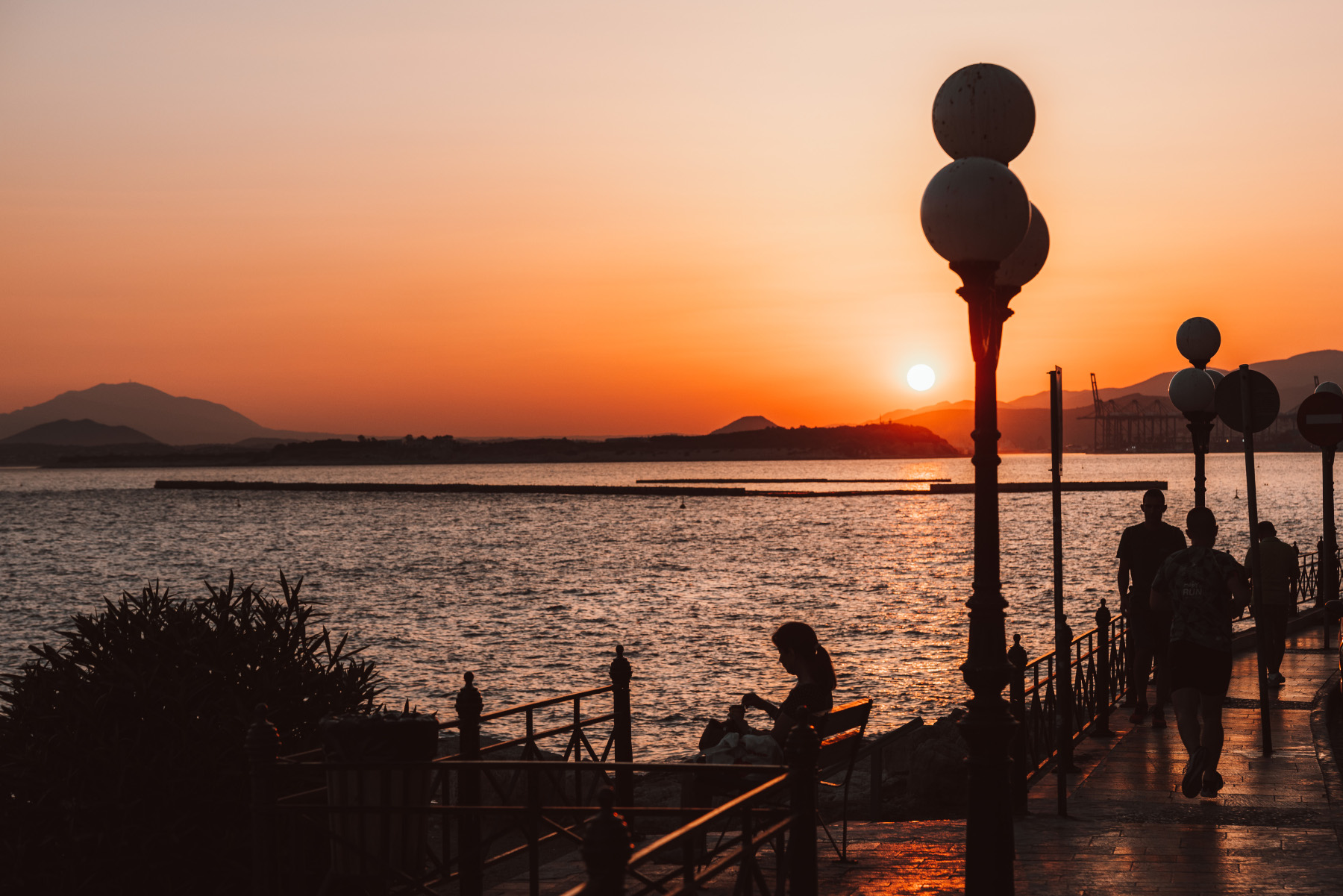The Pontian Greek Genocide Memorial and Alexandra ...
The Pontian Greek Genocide Memorial and Alexandra Square
With your mobile in hand, you turn around and capture a 360-degree view from the peninsula overlooking Alexandra Square. The view is unobstructed. Towards Freattida, Zea Marina, Pasalimani, and the open sea. A small map of the coastline in front of you, with boats reflecting in the water, comes to life with people and cars passing by incessantly. In the evening, the colors of the horizon and the city lights make every photograph and memory priceless. So much so that you want to return on many more afternoons.
This is not only one of the most beautiful squares in Piraeus, adorned with tall palm trees, benches for relaxation, and cafes. It is also a place of remembrance.
The iconic modern monument standing in the center of it, the impressive arch titled "Pyrrhichian Flight," is dedicated to the memory of the 353,000 Pontian Greeks, victims of the Genocide.
It has been here since 2017. Constructed from stainless steel with details in bronze, it consists of 17 sculptural compositions, and on the lower side, there is a circular "altar" with the names of the lost homelands of Pontus.
The three-dimensional monument, designed by the visual artist Panagiotis Tanimanidis, as well as the square's redevelopment works, were funded by Evangelos Marinakis, the President of the football department of Olympiacos CFP.
The sculpture holds many symbolic meanings. As the creator himself explained: "externally, it is a 'unfathomable' wave that rose, uprooted, and flew from one homeland to another, the Hellenism of Pontus. The inner sculpture is the defenseless journey a young refugee from Pontus makes to live and transplant the 'being' of so many centuries in his new homeland... It is a relay race of 17 sculptural compositions 'drowned' in the wave."
The Genocide of the Pontic Greeks
The Memorial Day for the Genocide of the Greeks of Pontus reminds everyone of a tragic moment in Hellenism. On May 19, 1919, Mustafa Kemal (later known as Atatürk, the father of the Turks), a Turkish nationalist officer, traveled to Samsun in Pontus, declared a rebellion against the official Ottoman authority, and formed his own army. With massacres, population displacement, torture, and executions, the next phase of the extermination of the Greeks in Northern Asia Minor began. Simultaneously, they organized battles against the Greek army, which had recently taken control of Smyrna.
The destruction of the city in 1922 led to a massive wave of refugees in 1922 towards Greece. These refugees settled in Piraeus and influenced the city's character and culture.
On February 24, 1994, the Greek Parliament voted to establish May 19 as the Day of Remembrance for the Pontic Greek Genocide.
The Creation of Alexandra Square
The peninsula where the present-day square is located was naturally shaped, and until the mid-19th century, it was simply a promontory, far from the city center at the time. Between 1886 and 1890, when works and a supporting wall were constructed along the coastal line from Zea to Nea Phaleron, this square was formed. It was called the Mounichia Promontory Square or Ziller Square because the famous architect had built the neighborhood named after him on top of Castella.
In 1892, it was named after Princess Alexandra, the daughter of King George and Queen Olga, who became Grand Duchess of Russia after her marriage to Grand Duke Paul Alexandrovich. She died on June 5, 1891, at the age of 21. According to reports in the newspapers of the time, between 1900 and 1920, there was a tavern and pastry shop of the same name on the square, where outdoor music nights were organized. These continued until shortly before the start of World War II.
Until 2017, a monument symbolizing the Olympic Pyre stood in the center of the square.
Information...
To get to the square (by foot only), turn from Kountouriotou Avenue.
The offices of Olympiacos' football department are housed in facilities located below the square.
Location
Find the destination on the interactive map below. See on the map.



